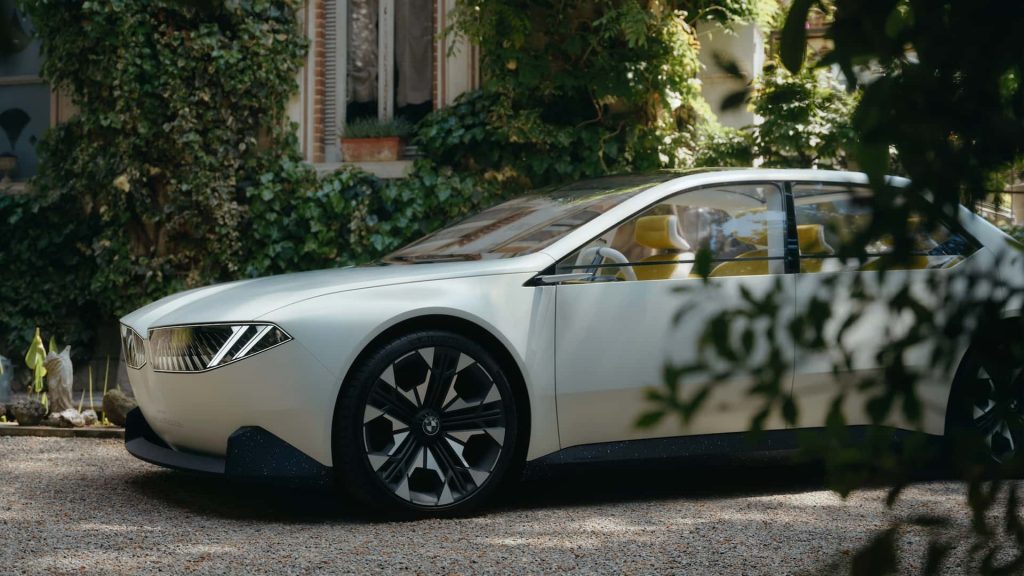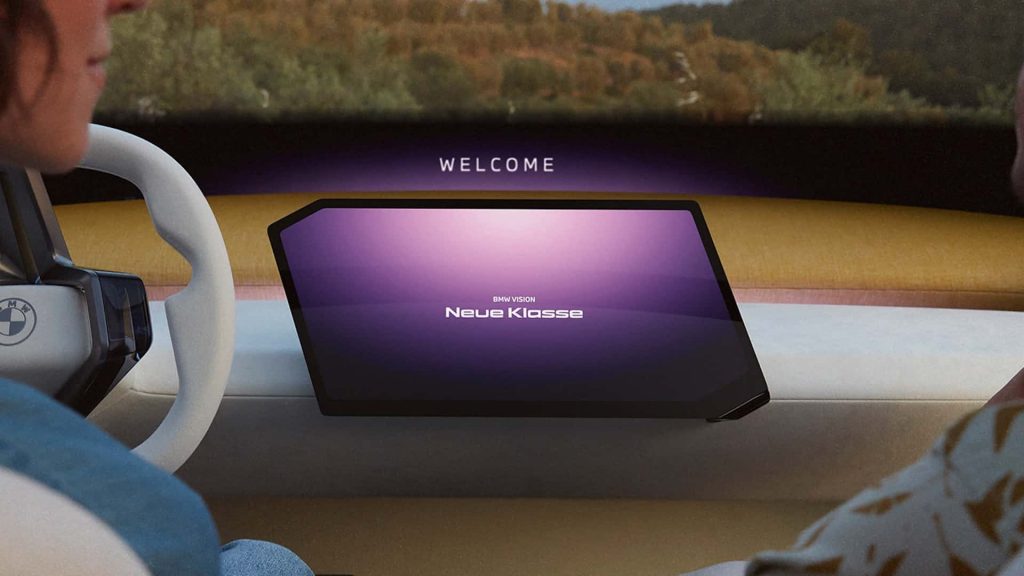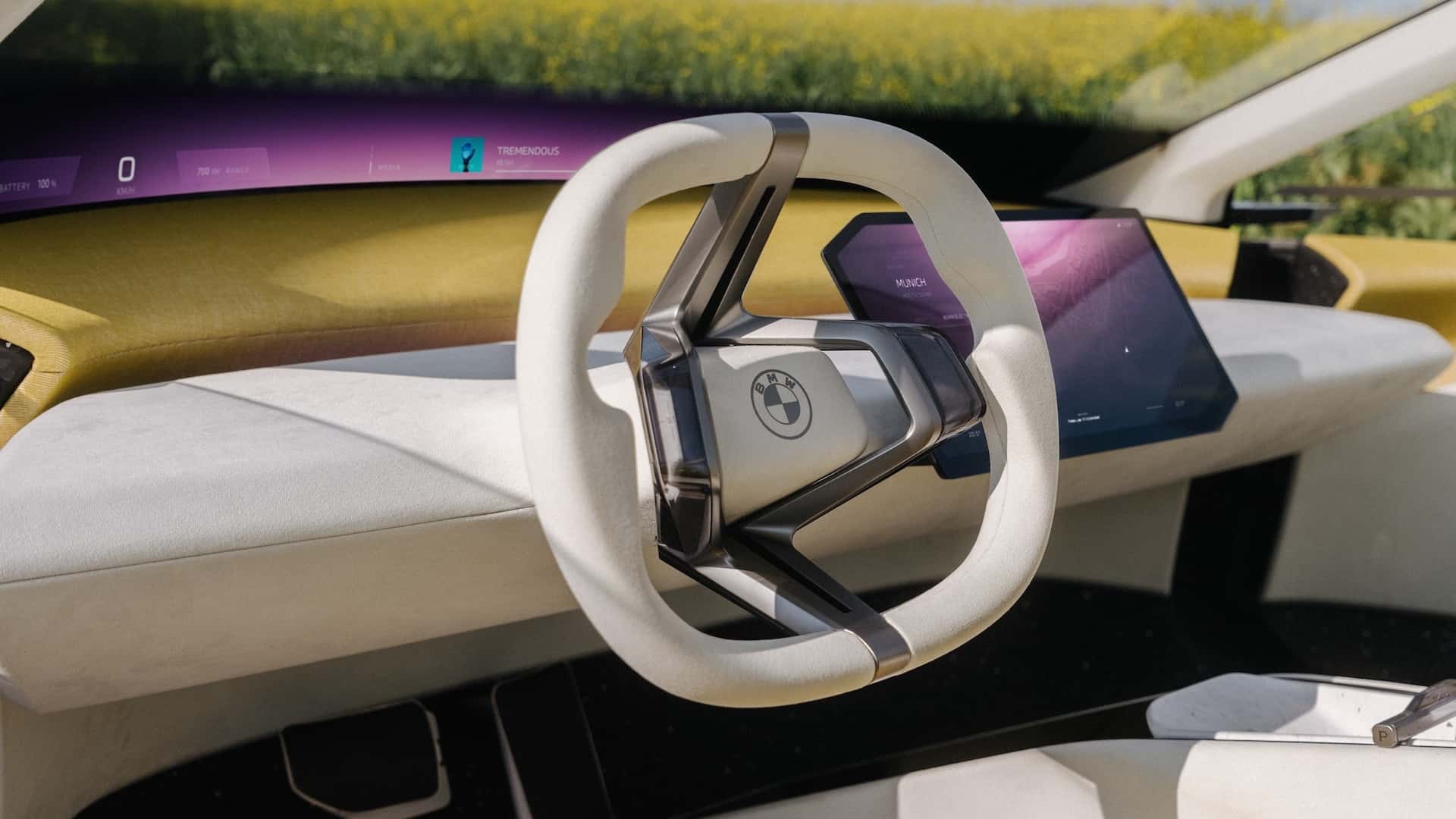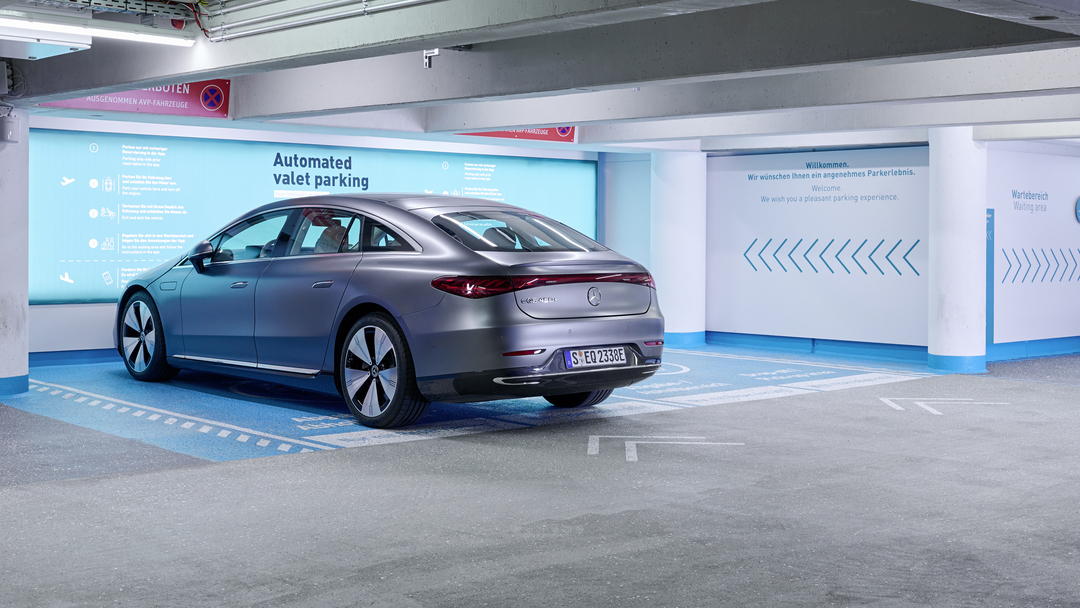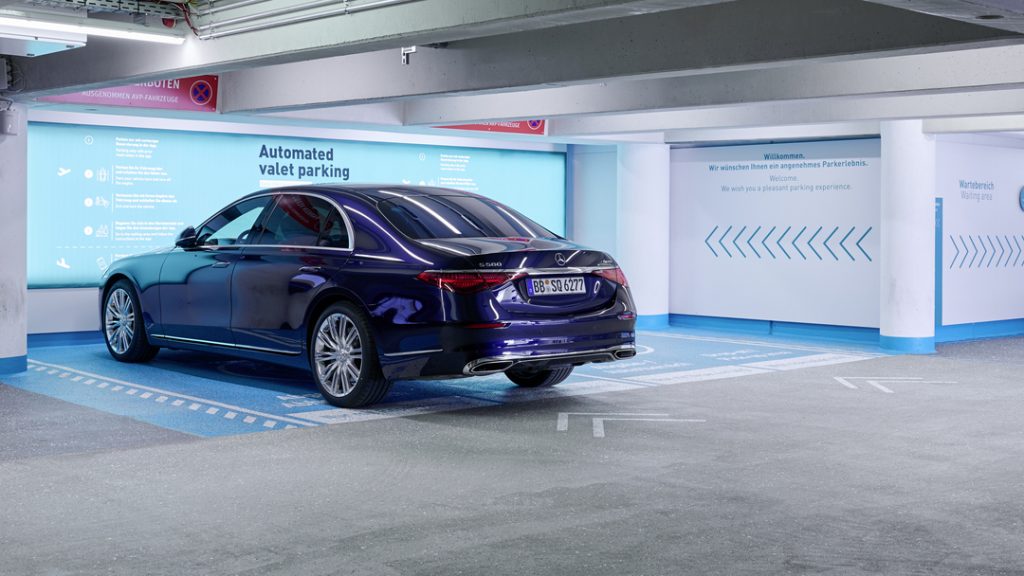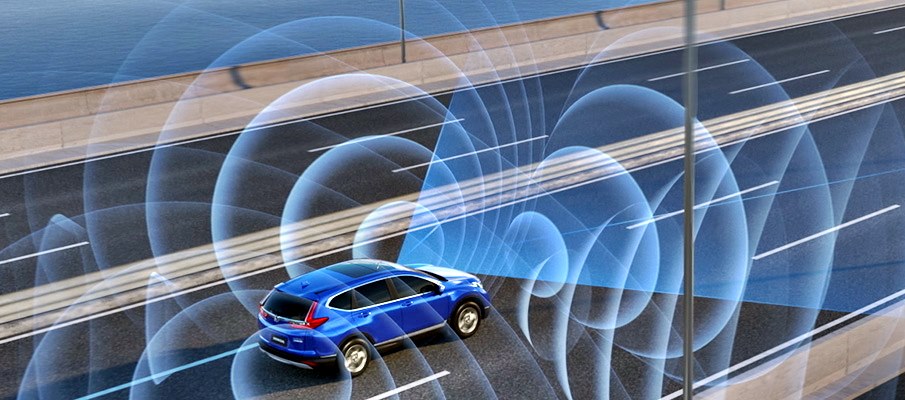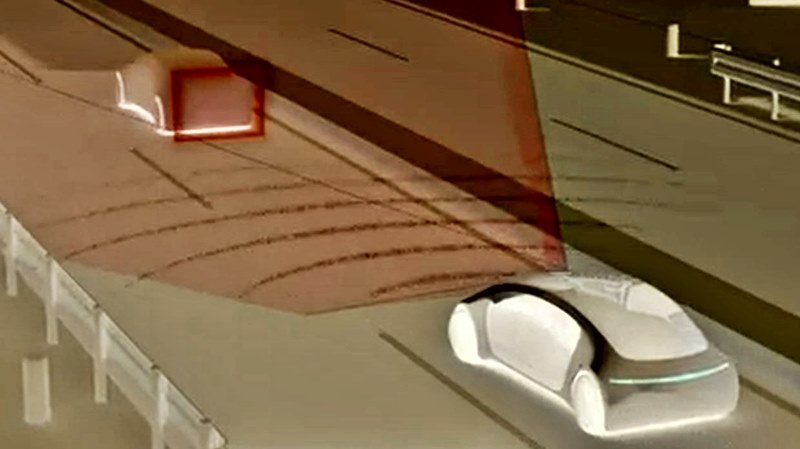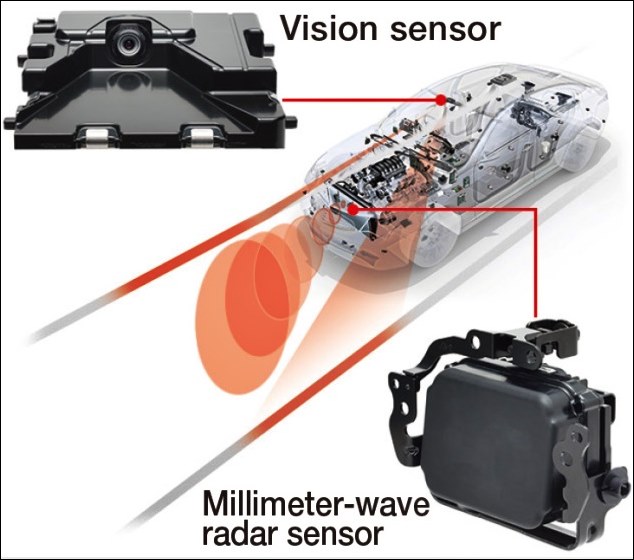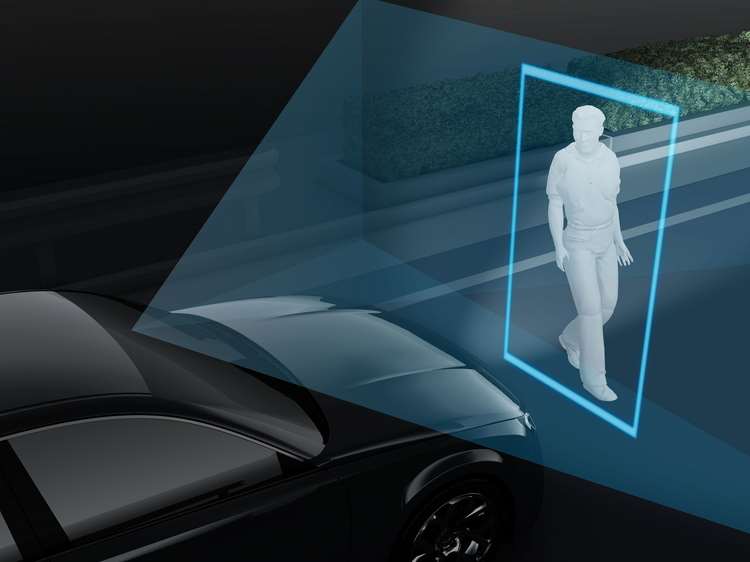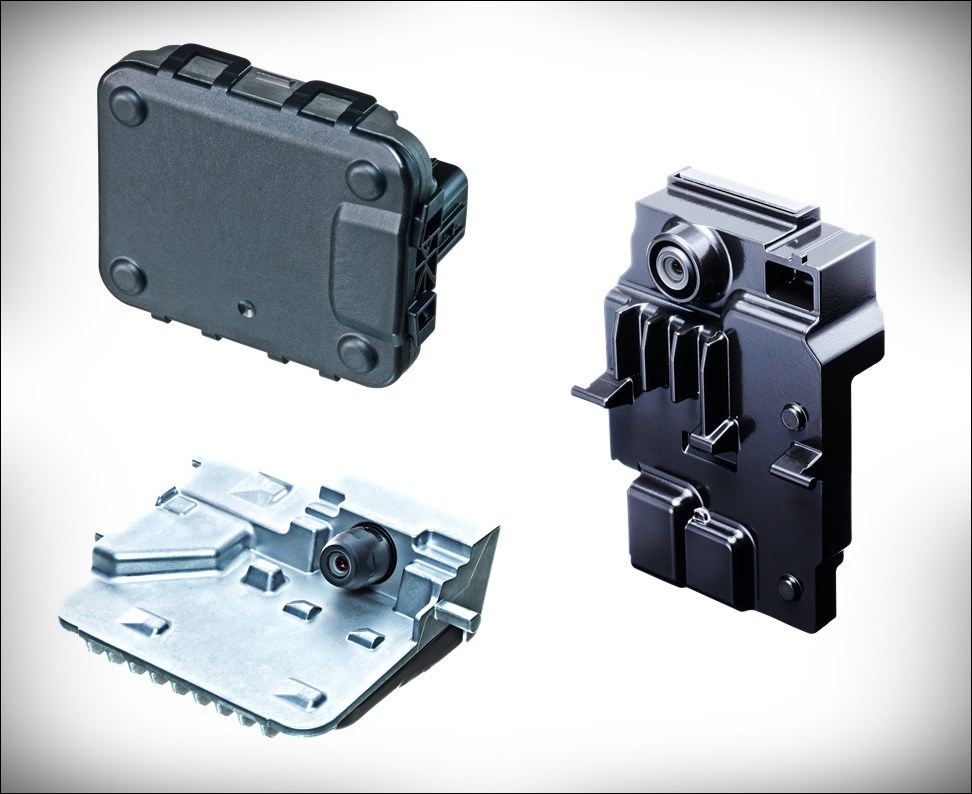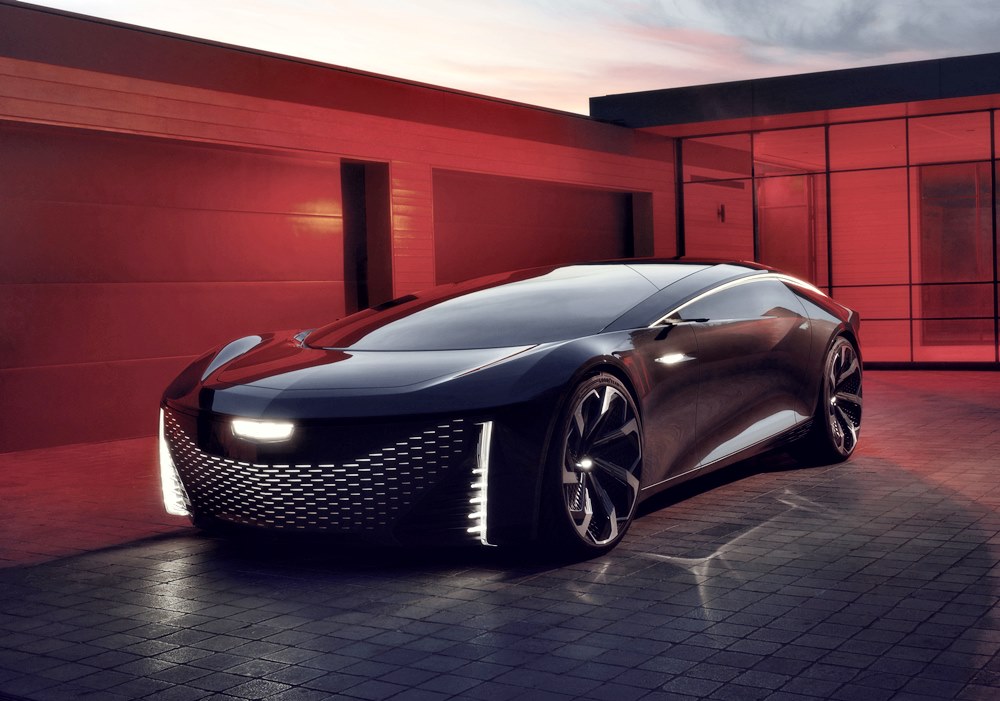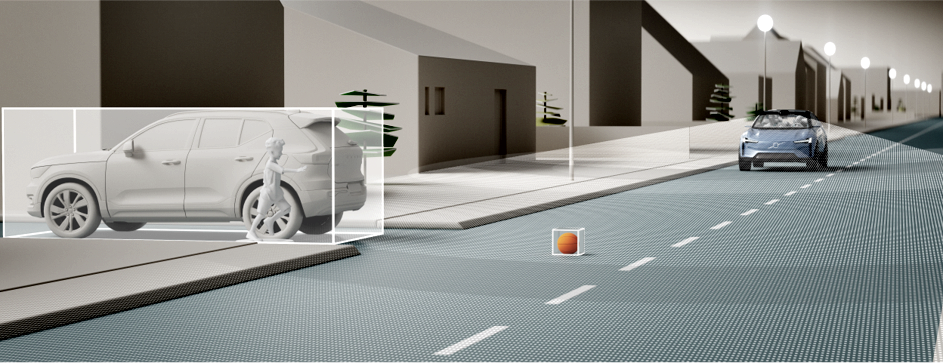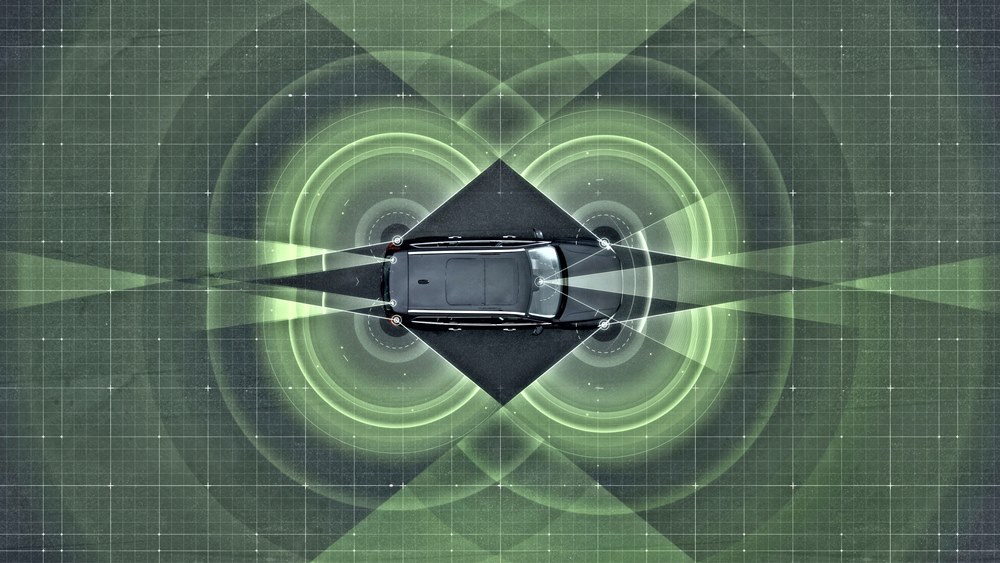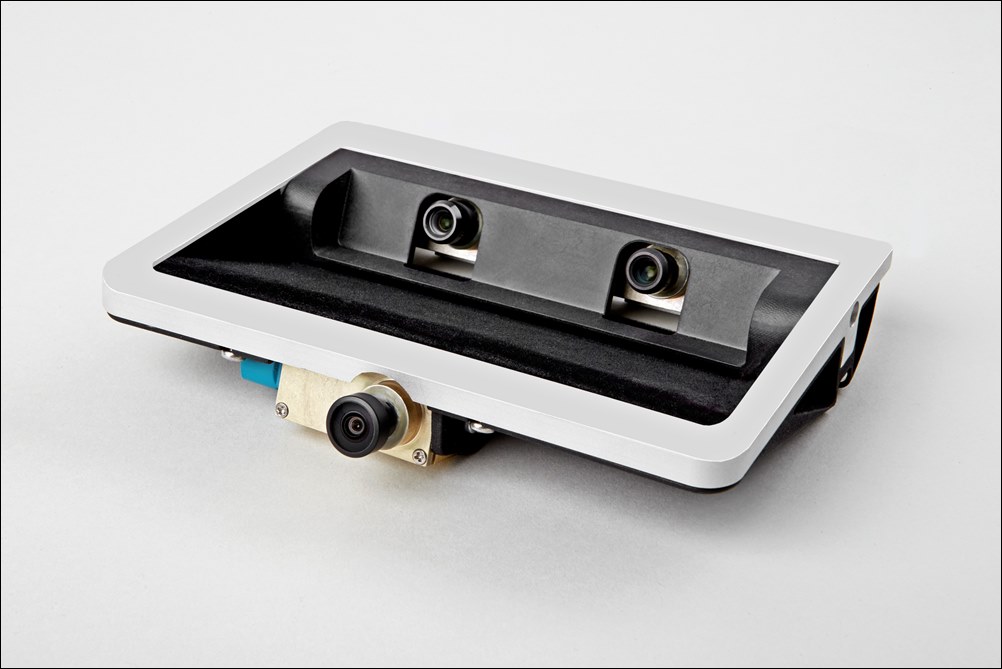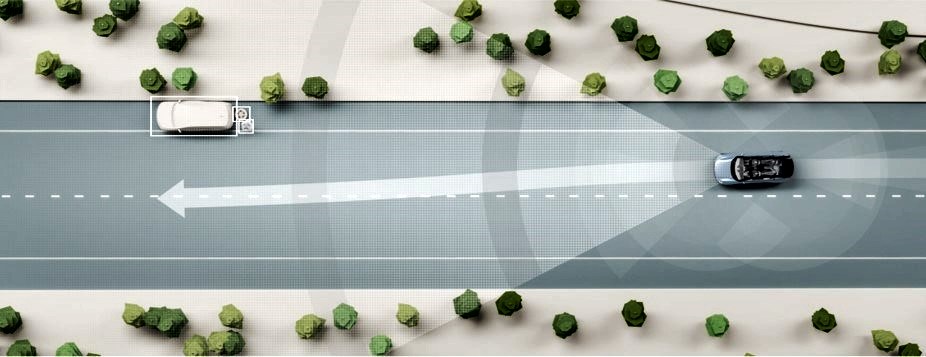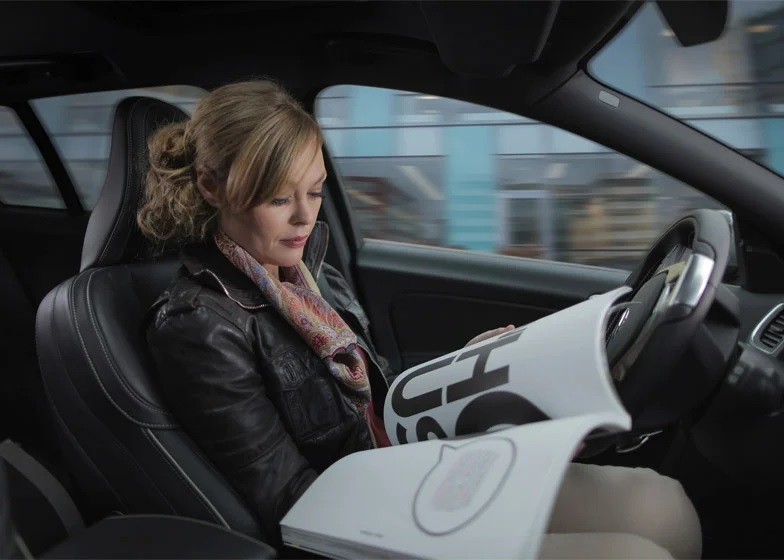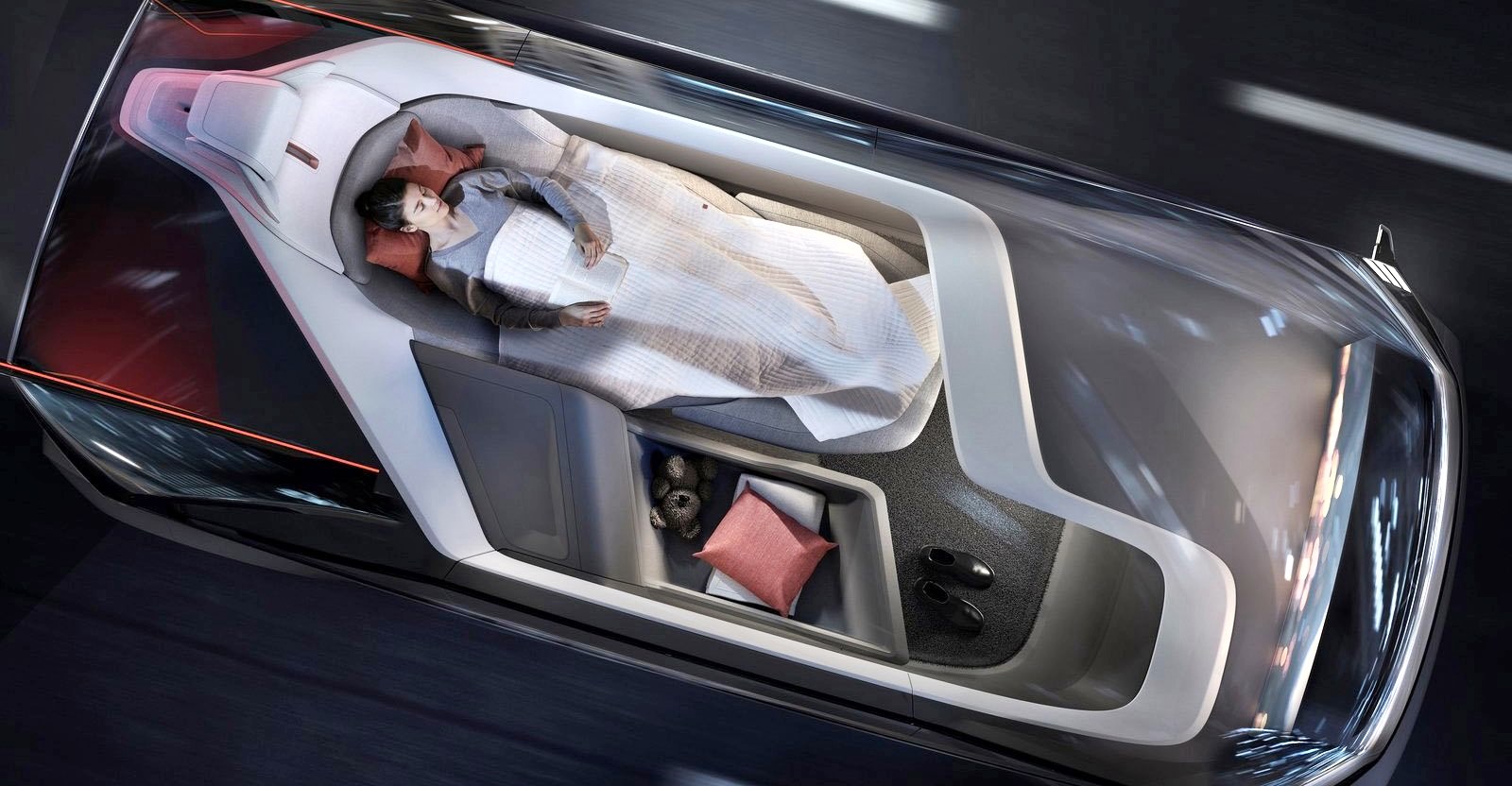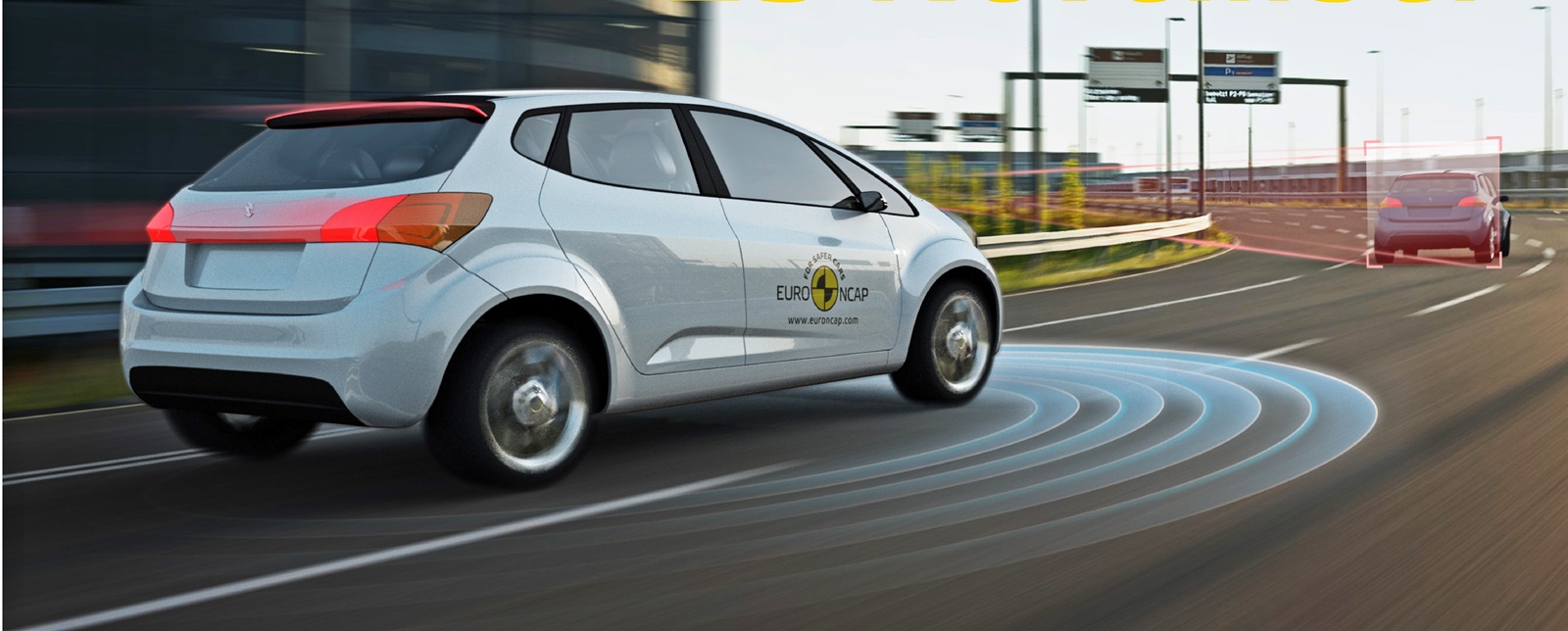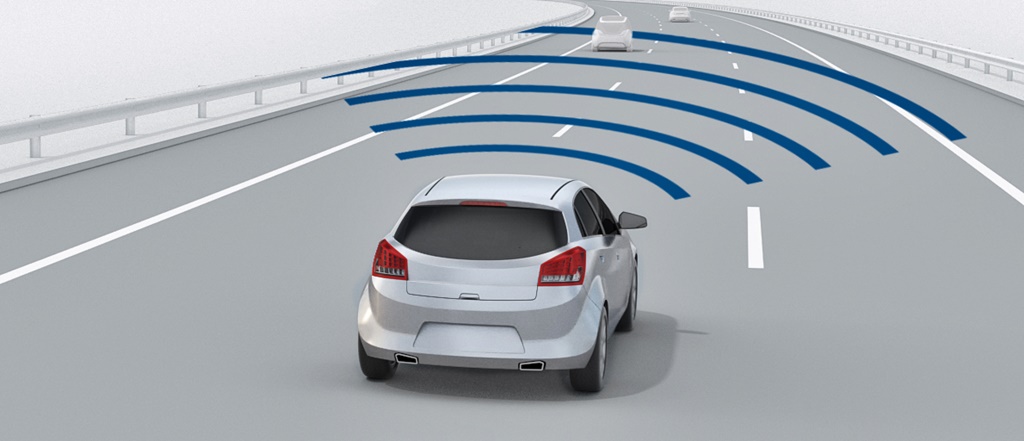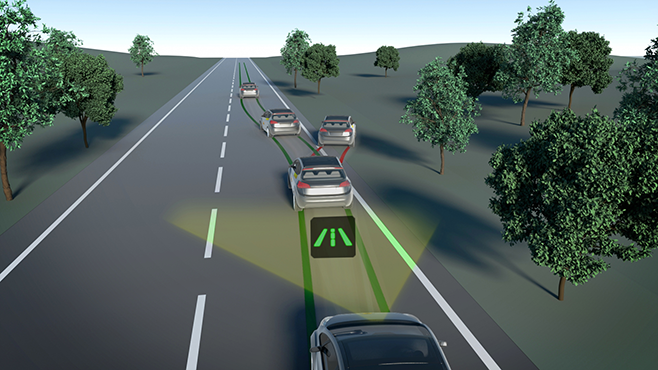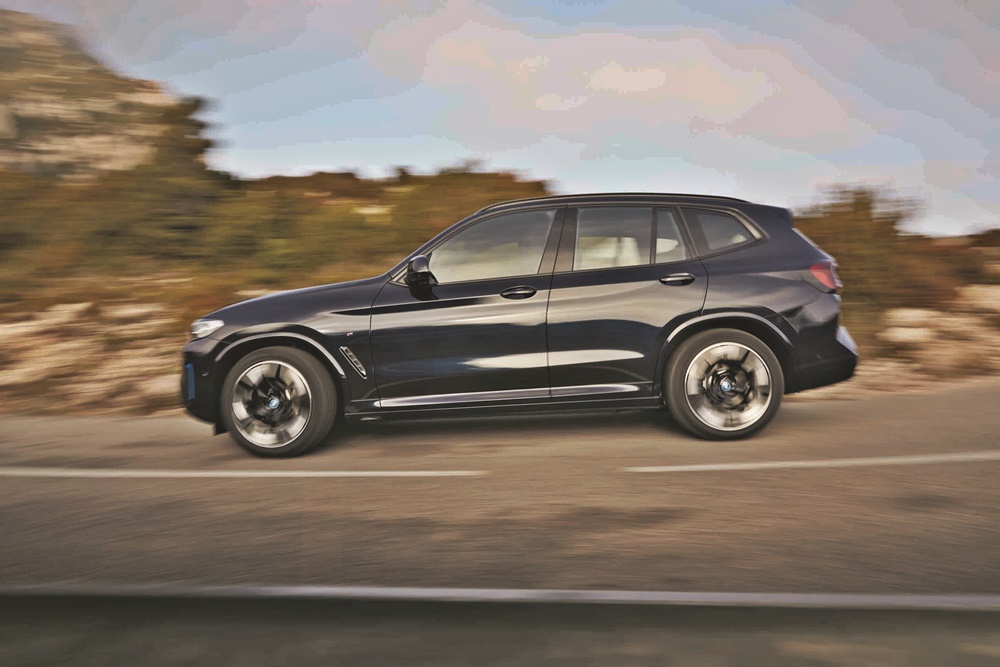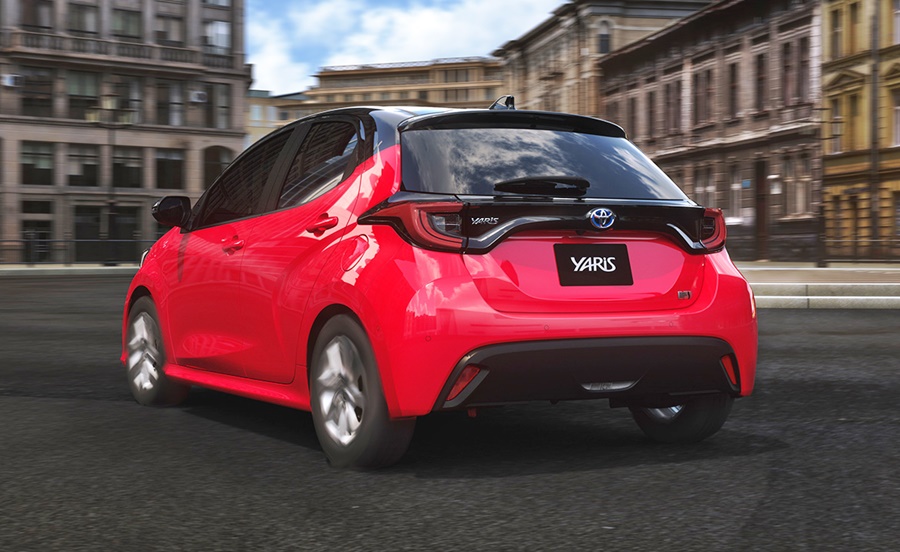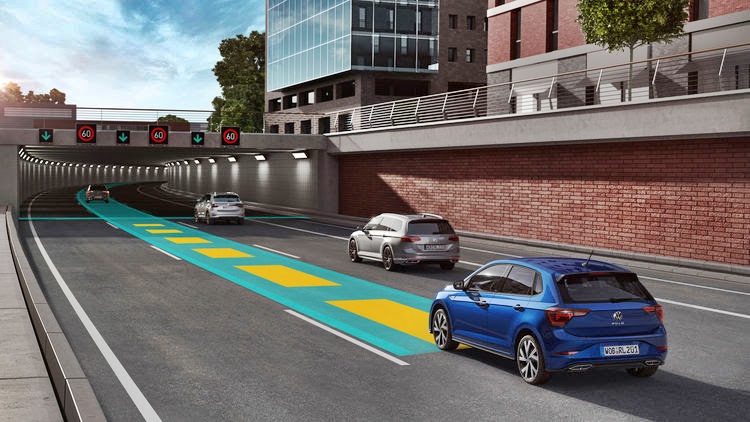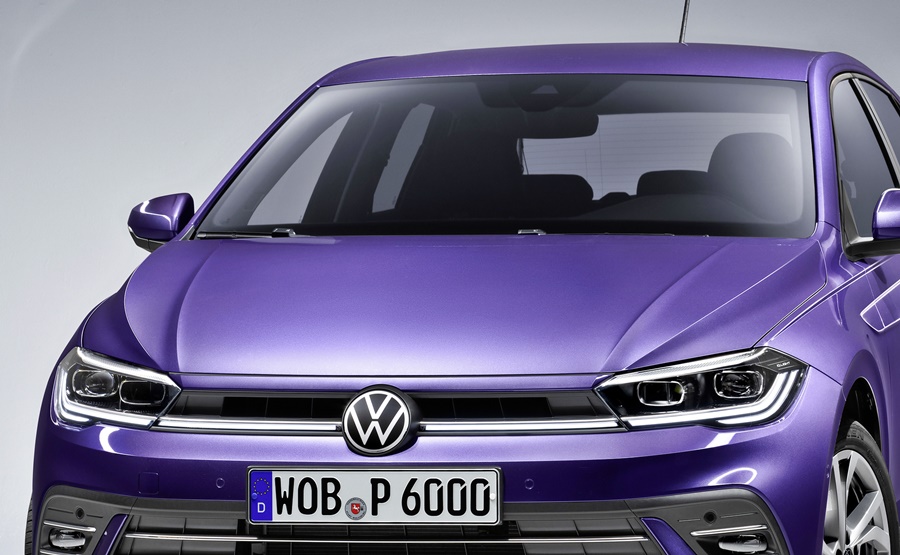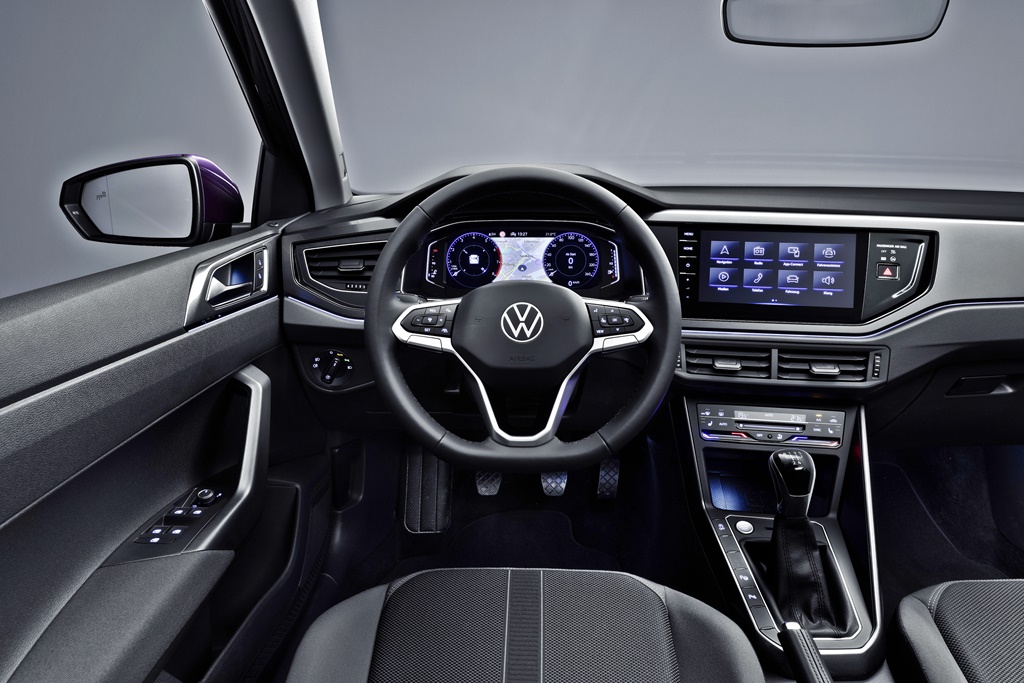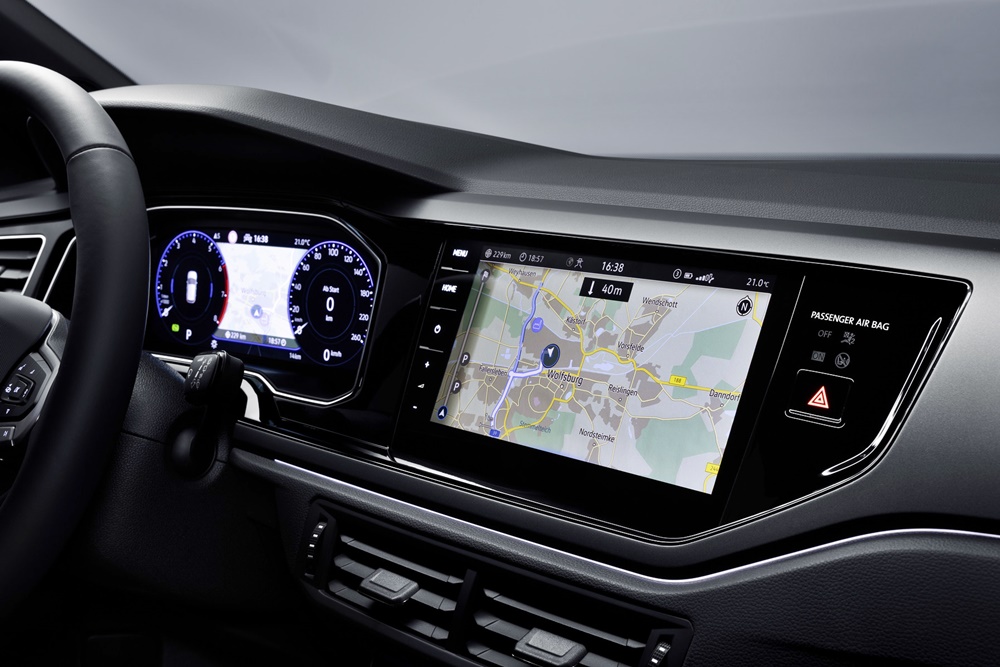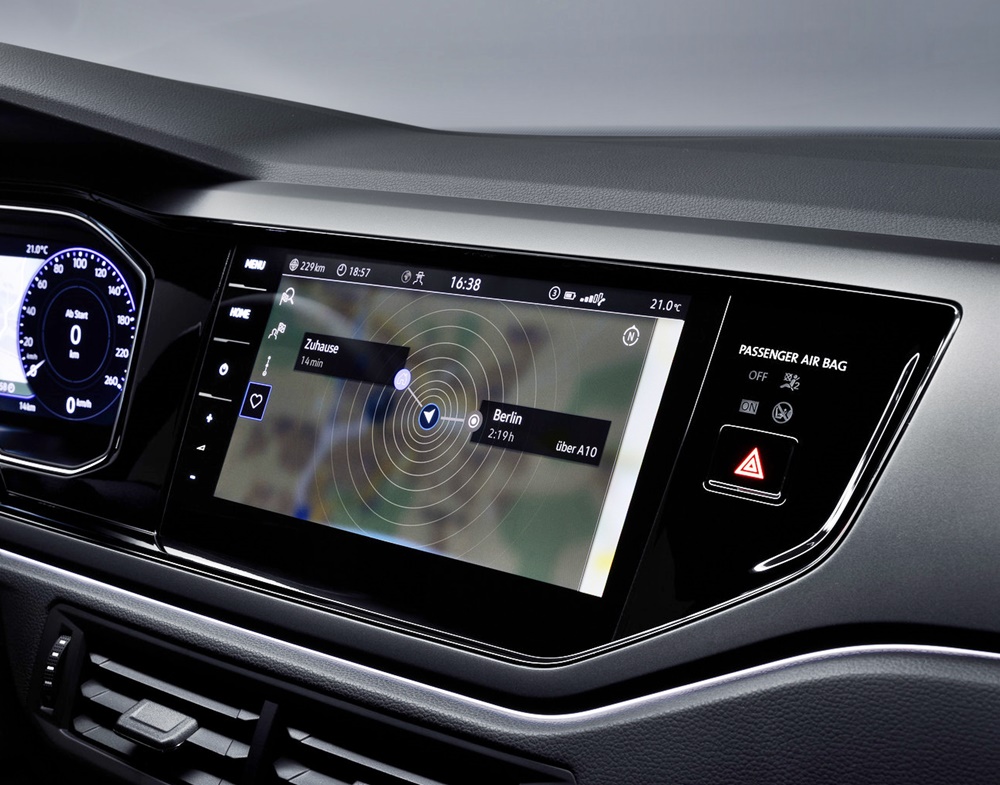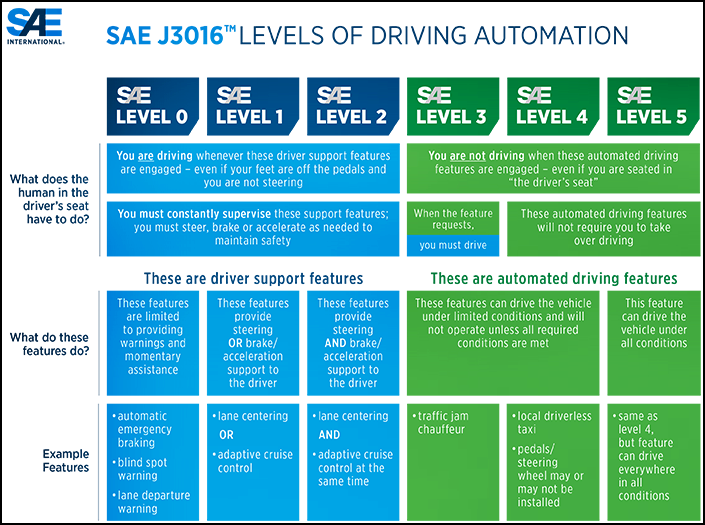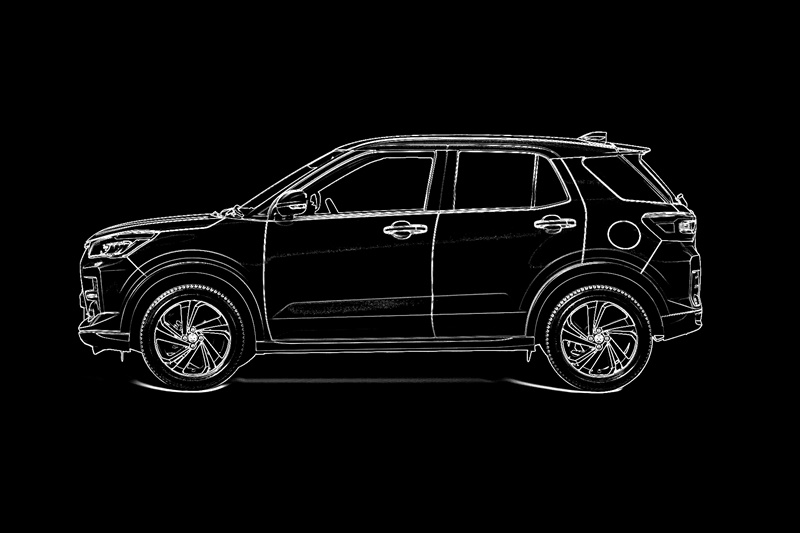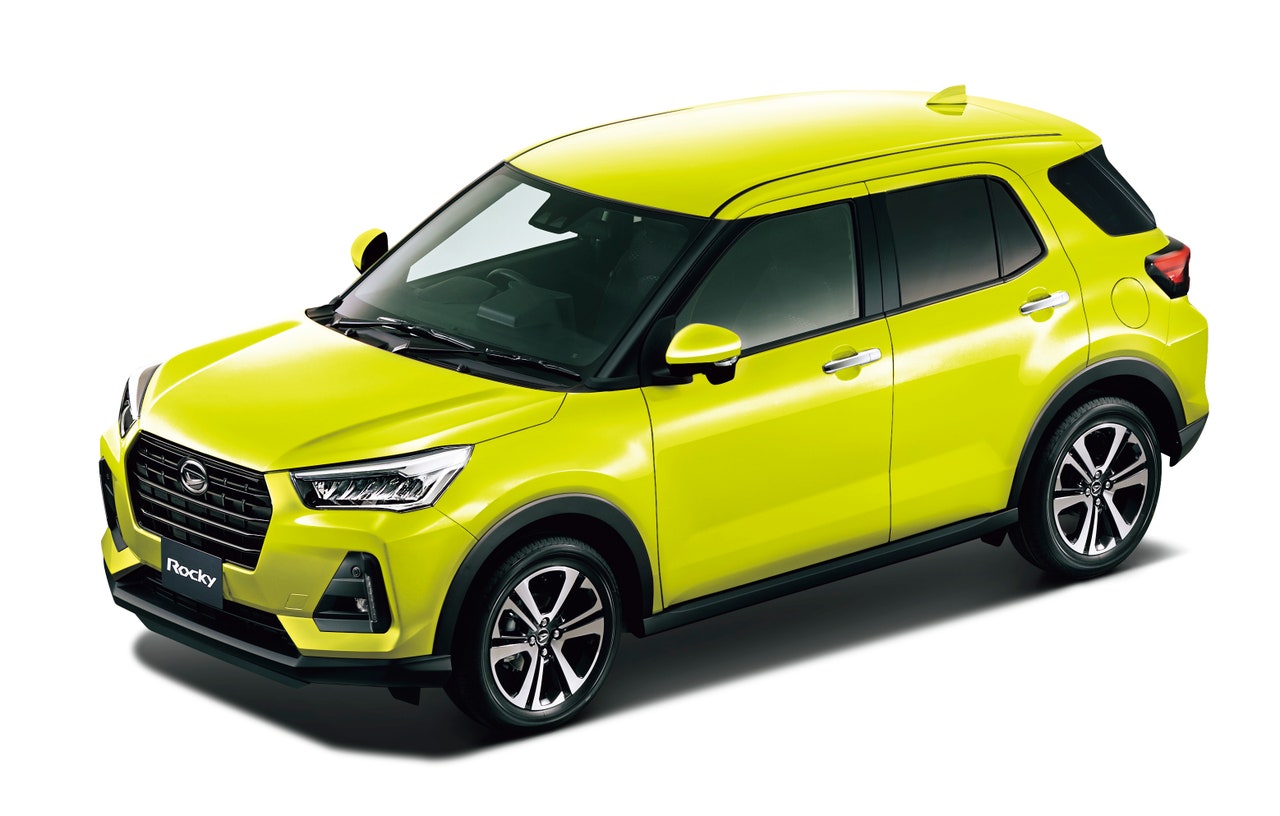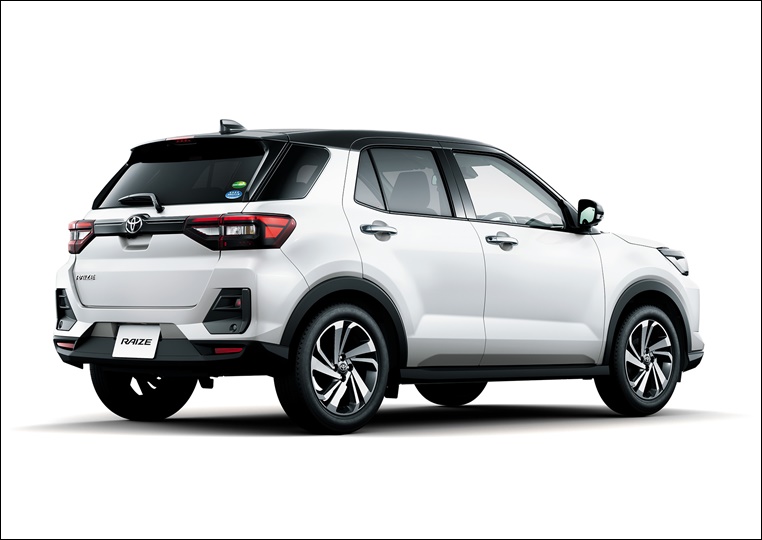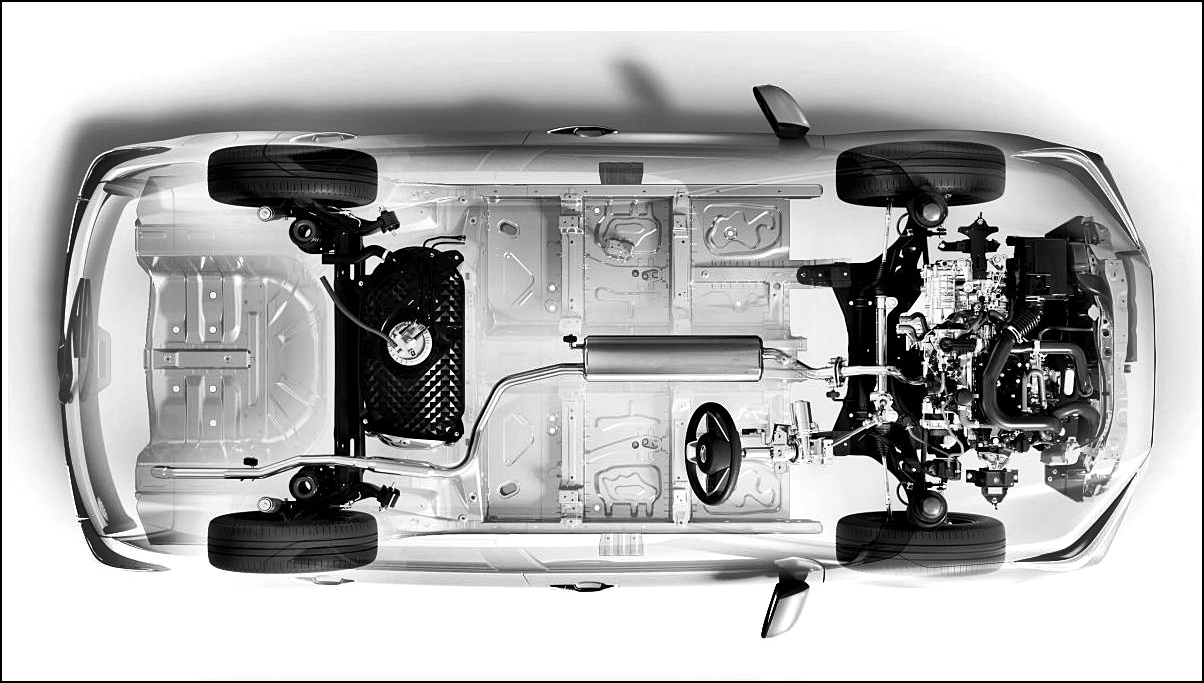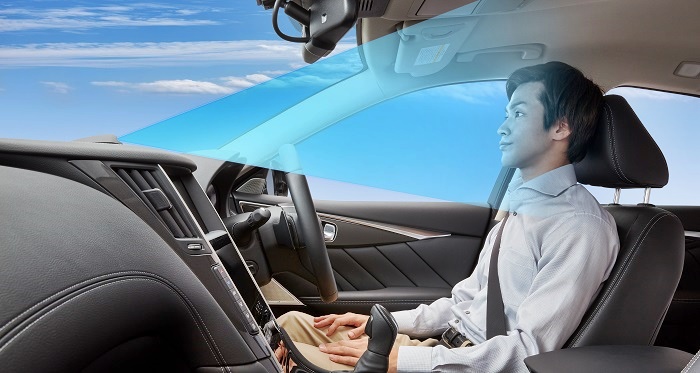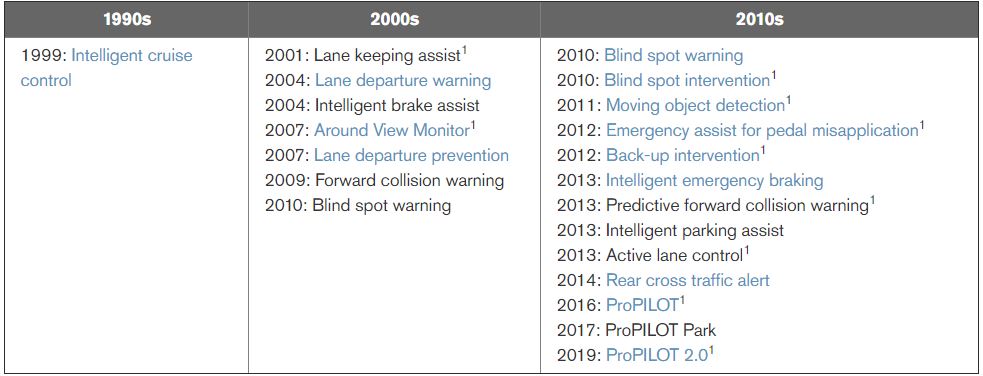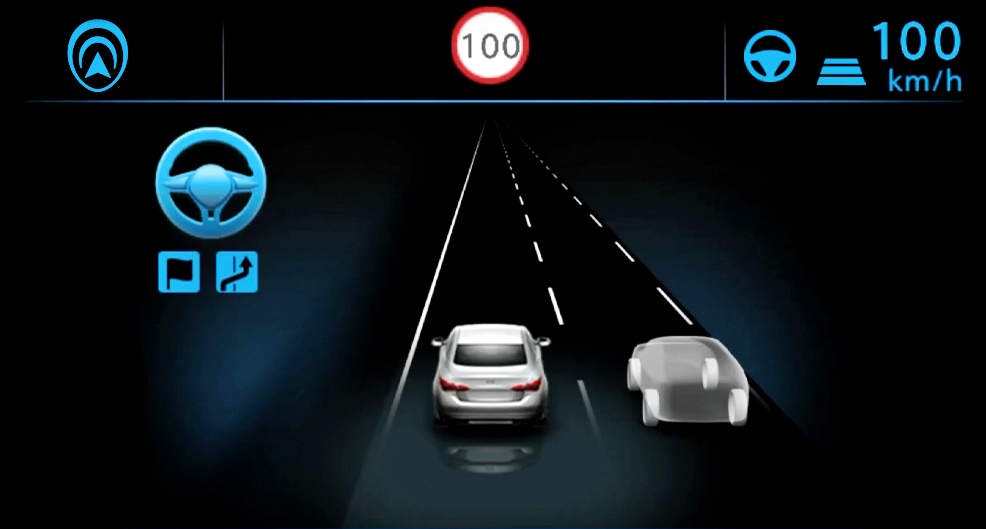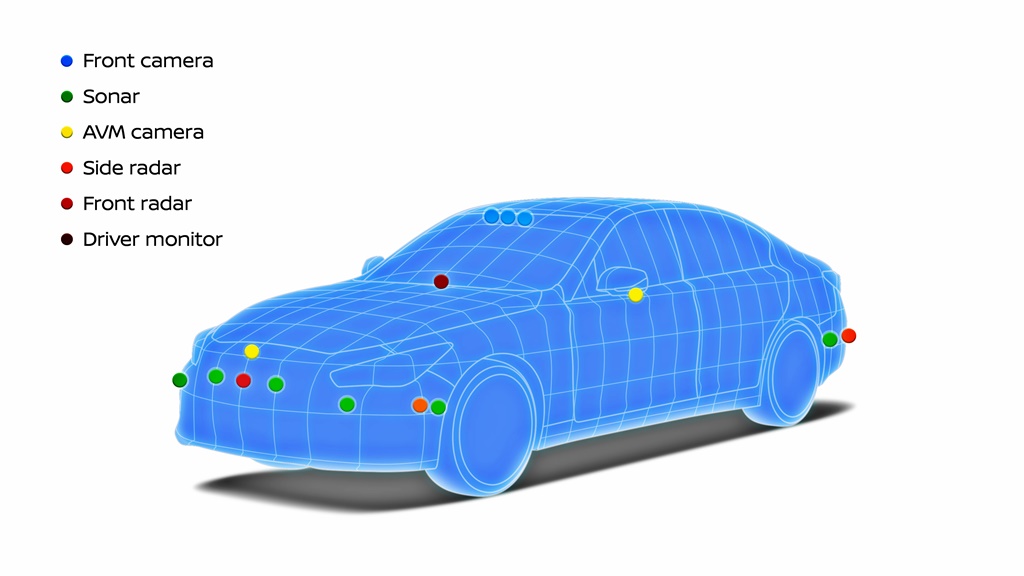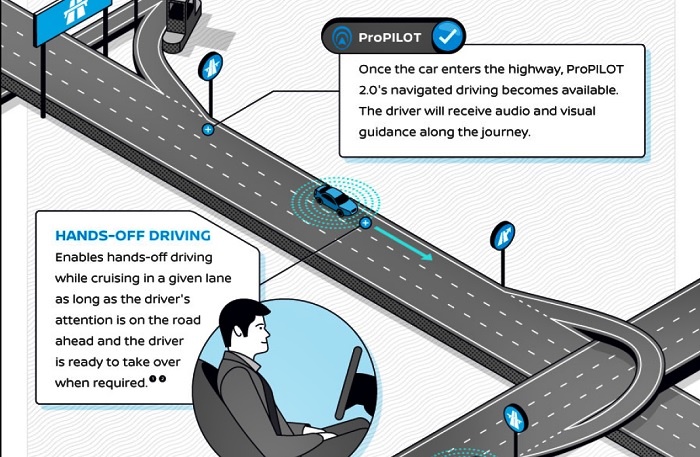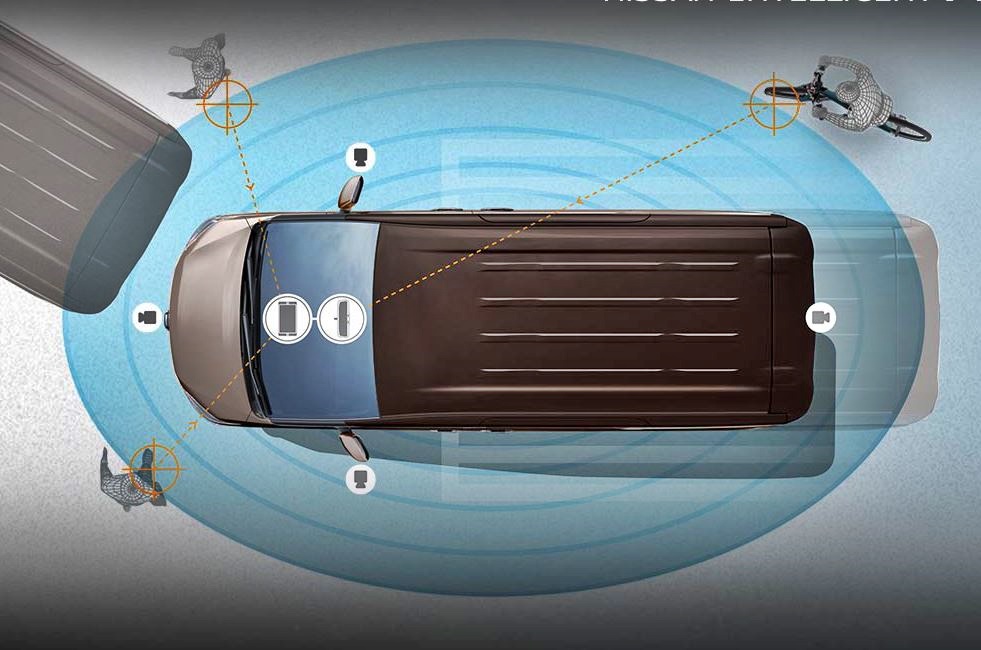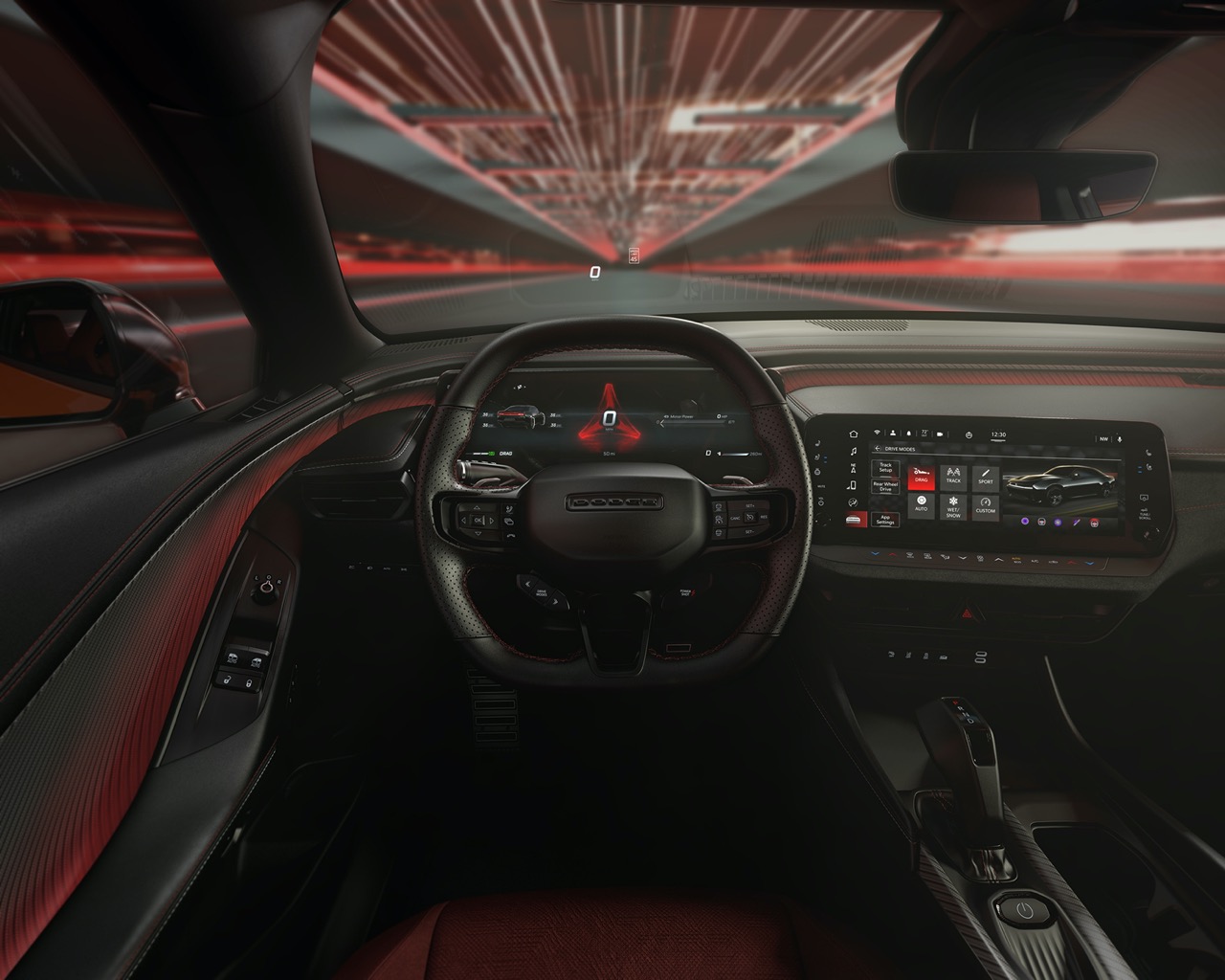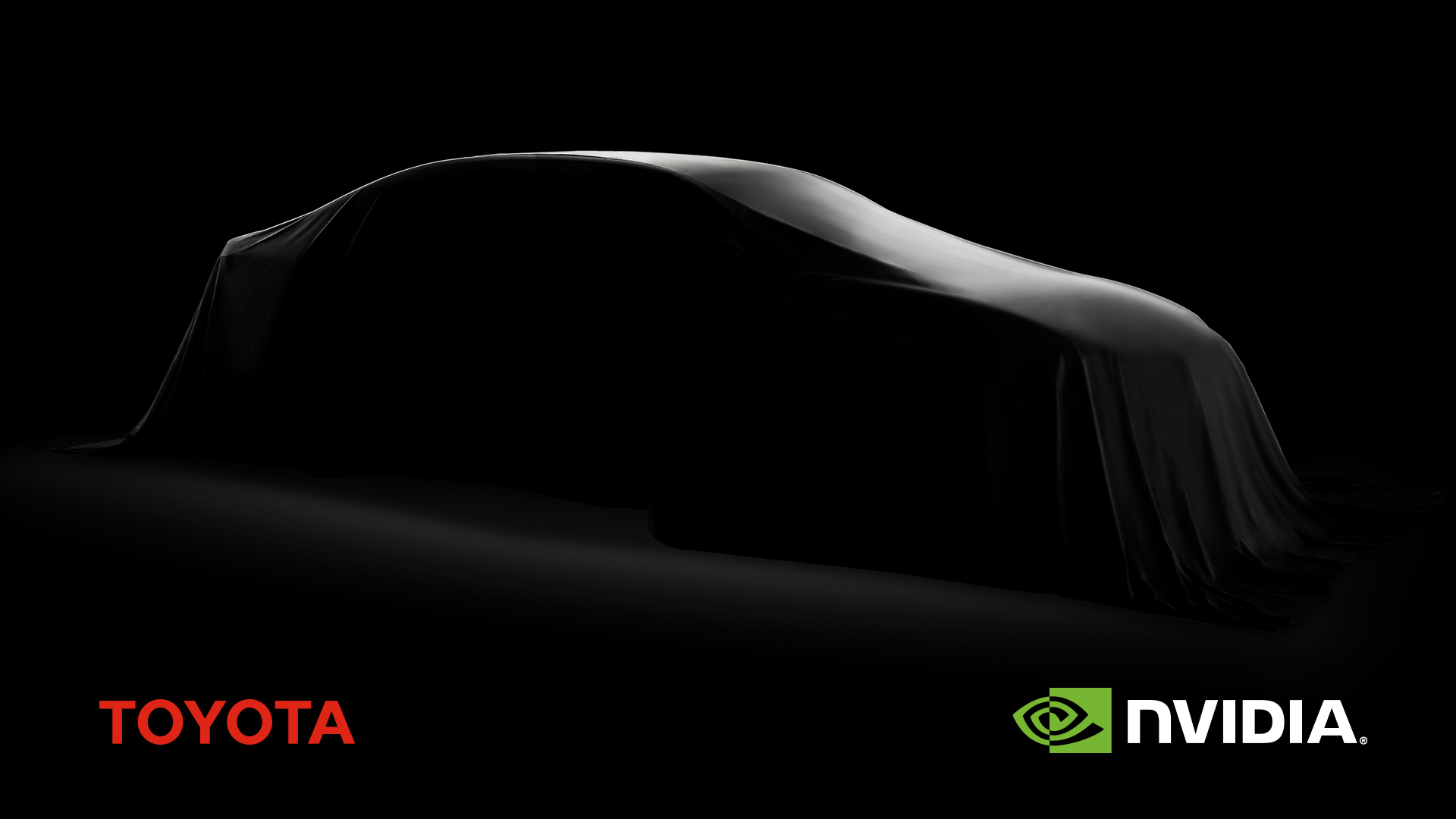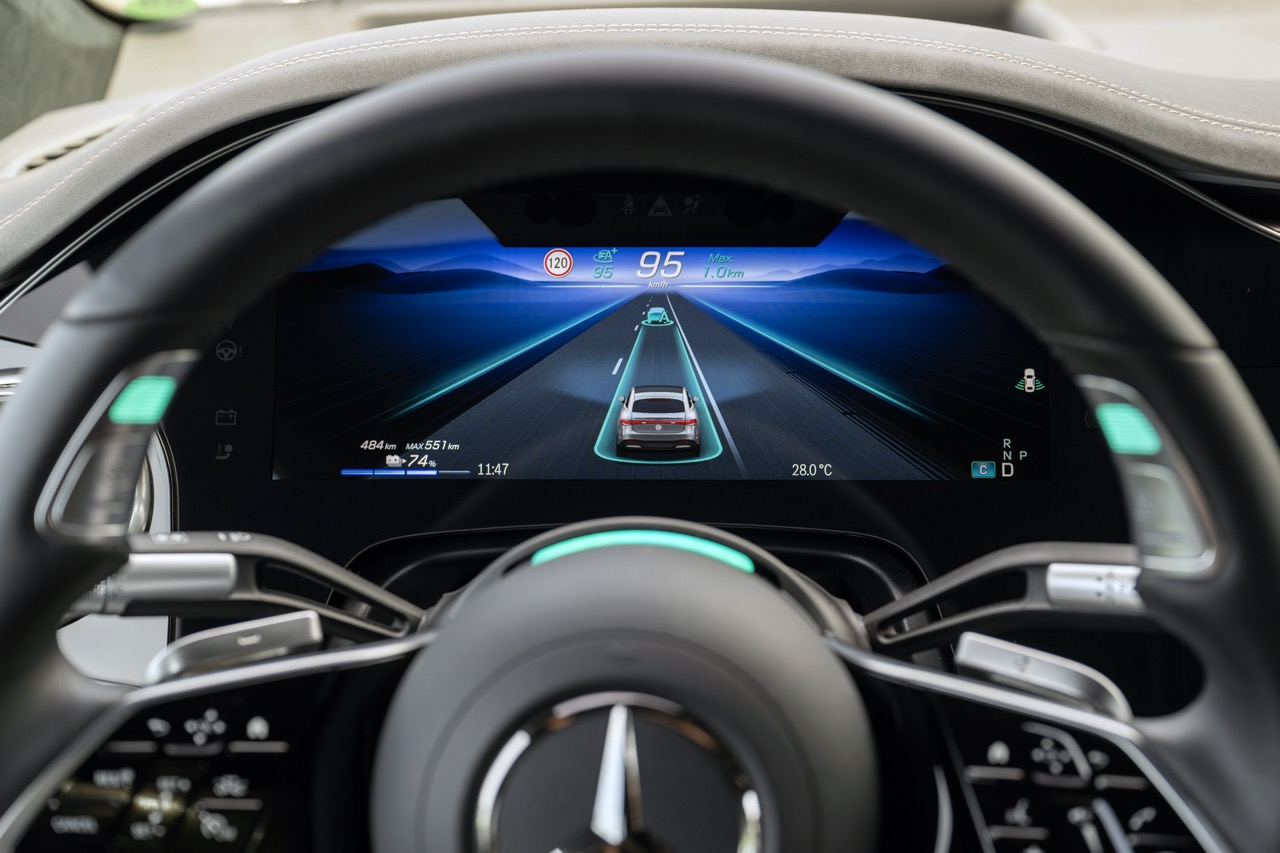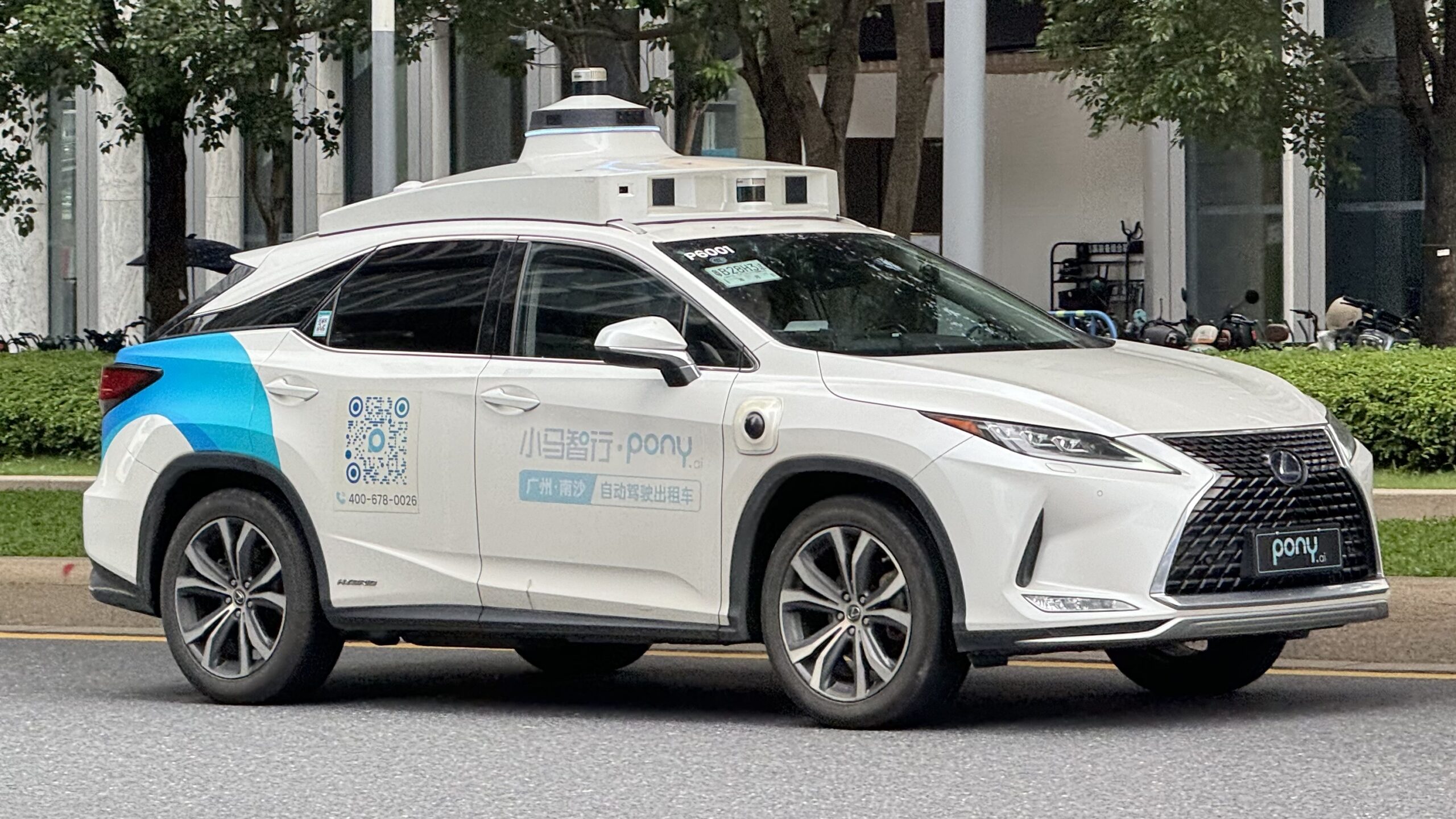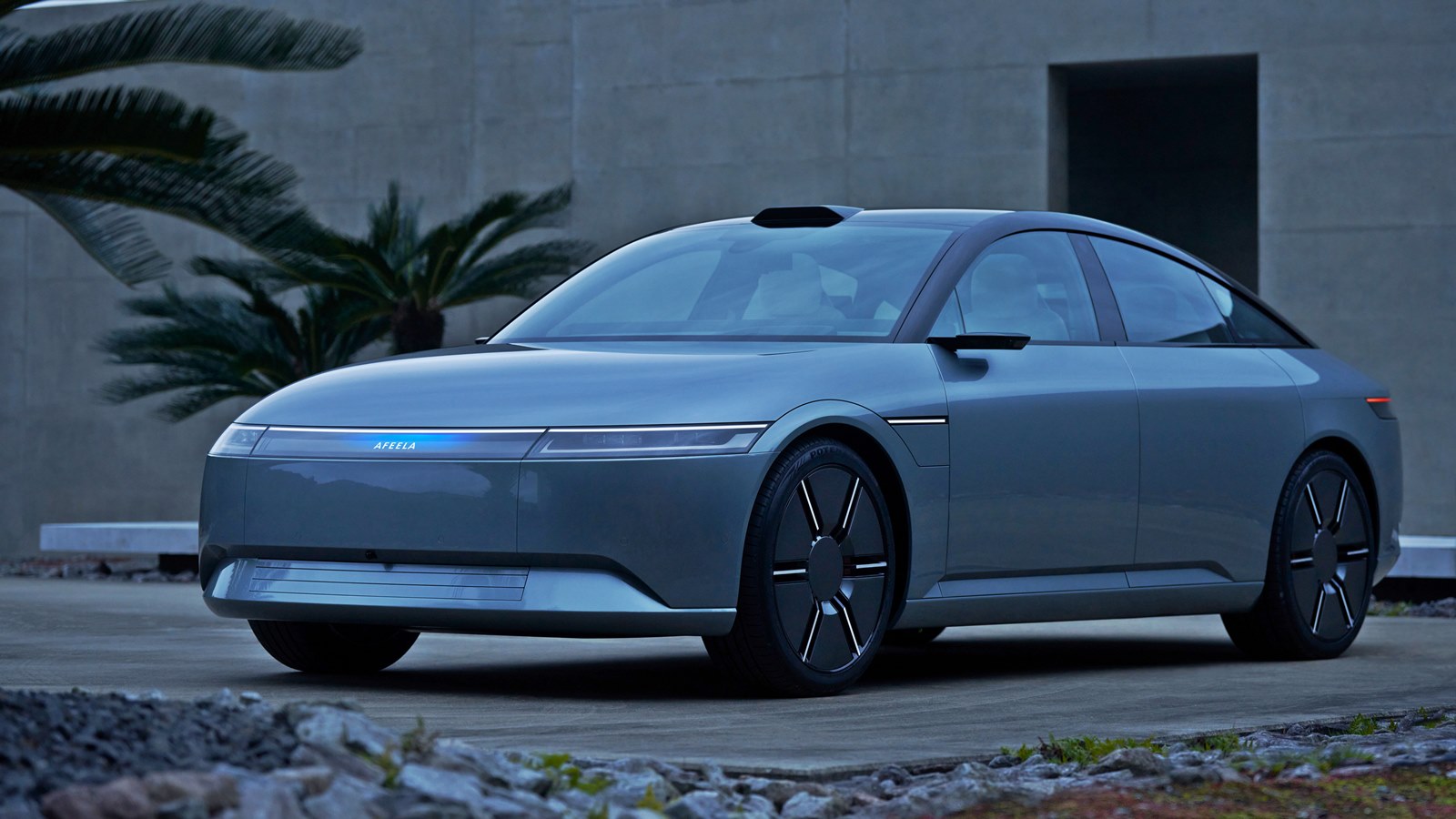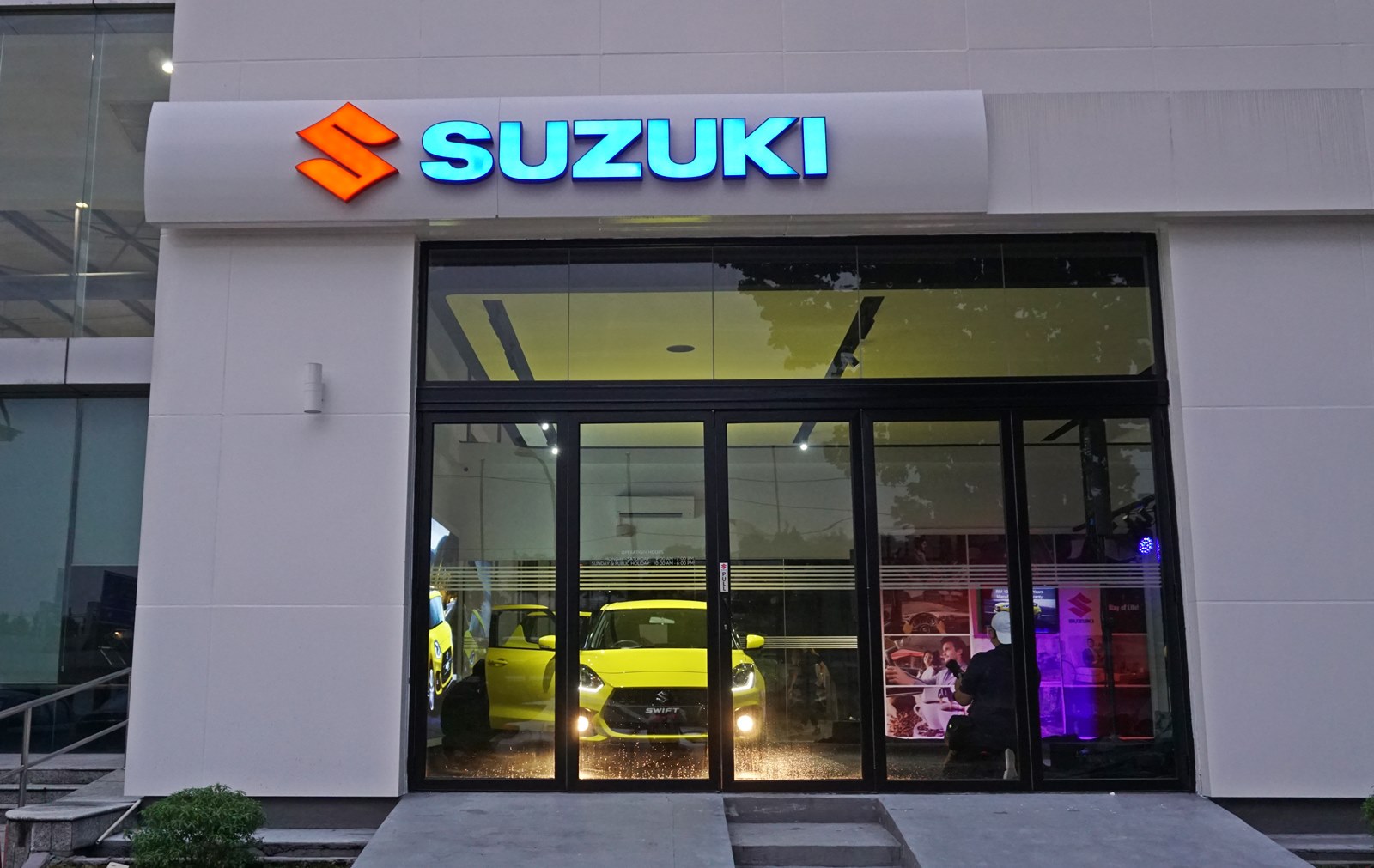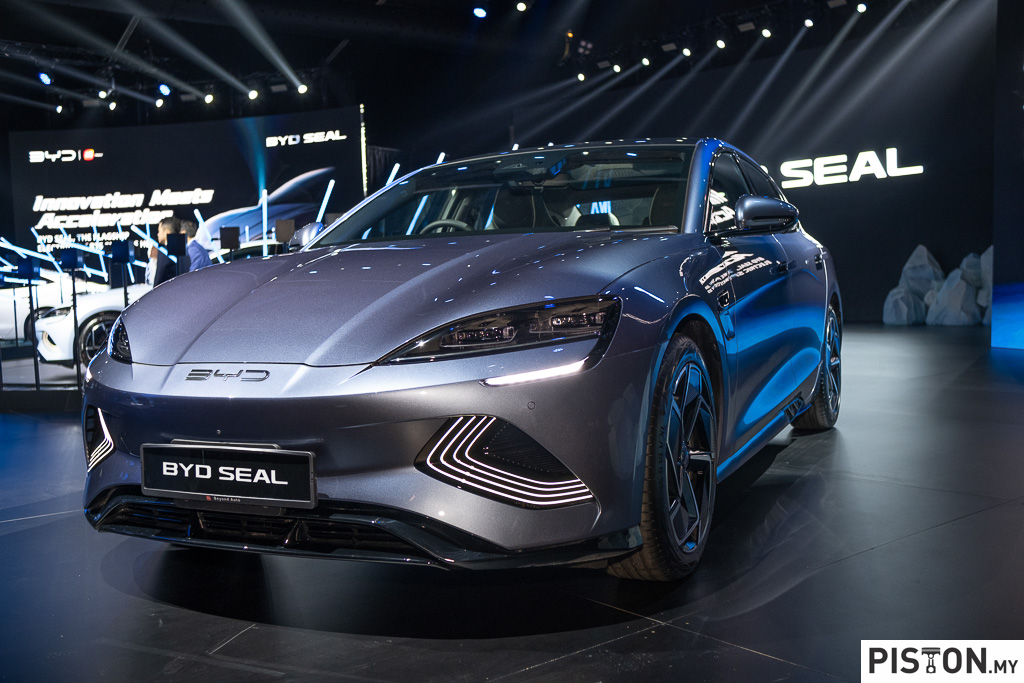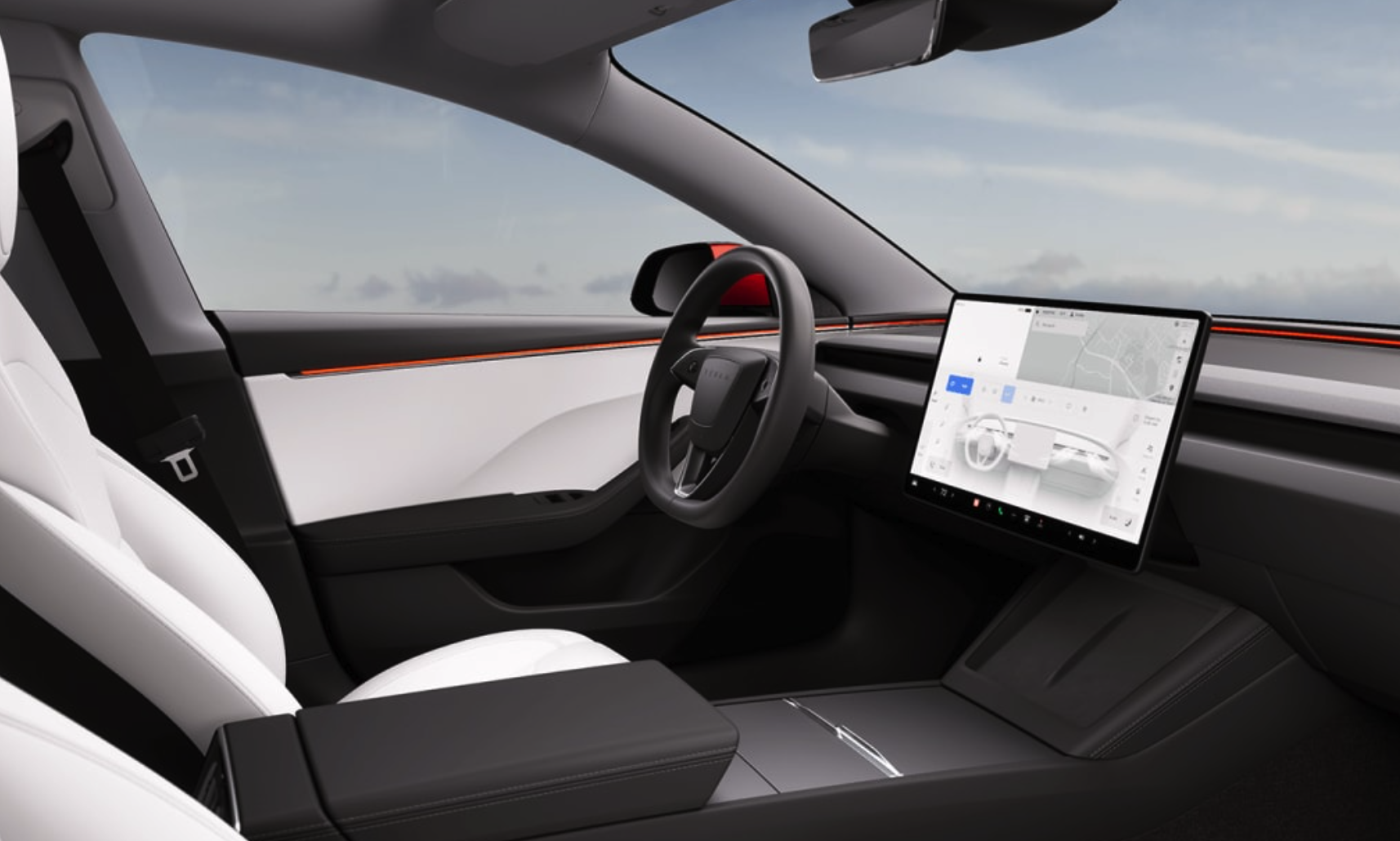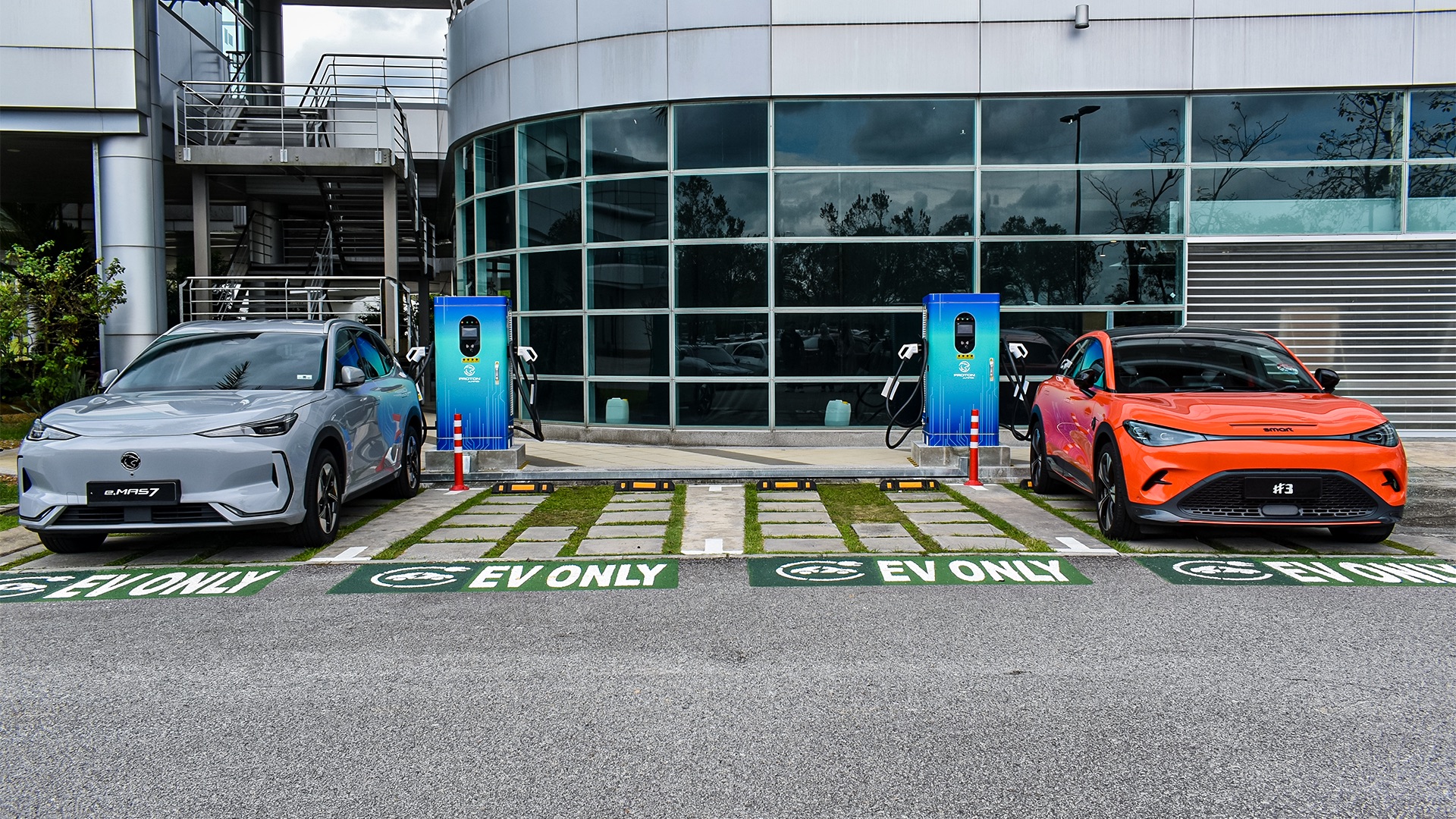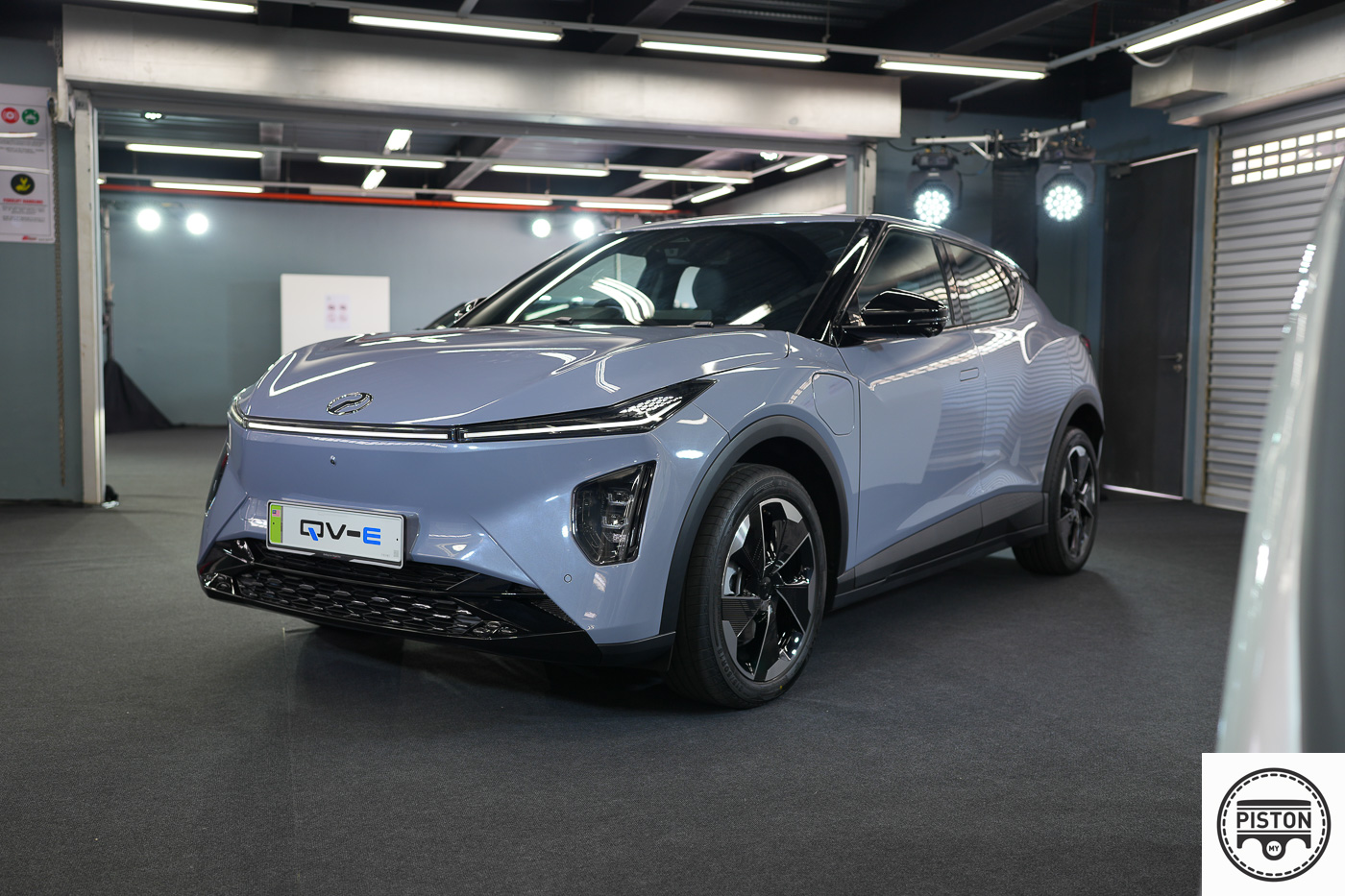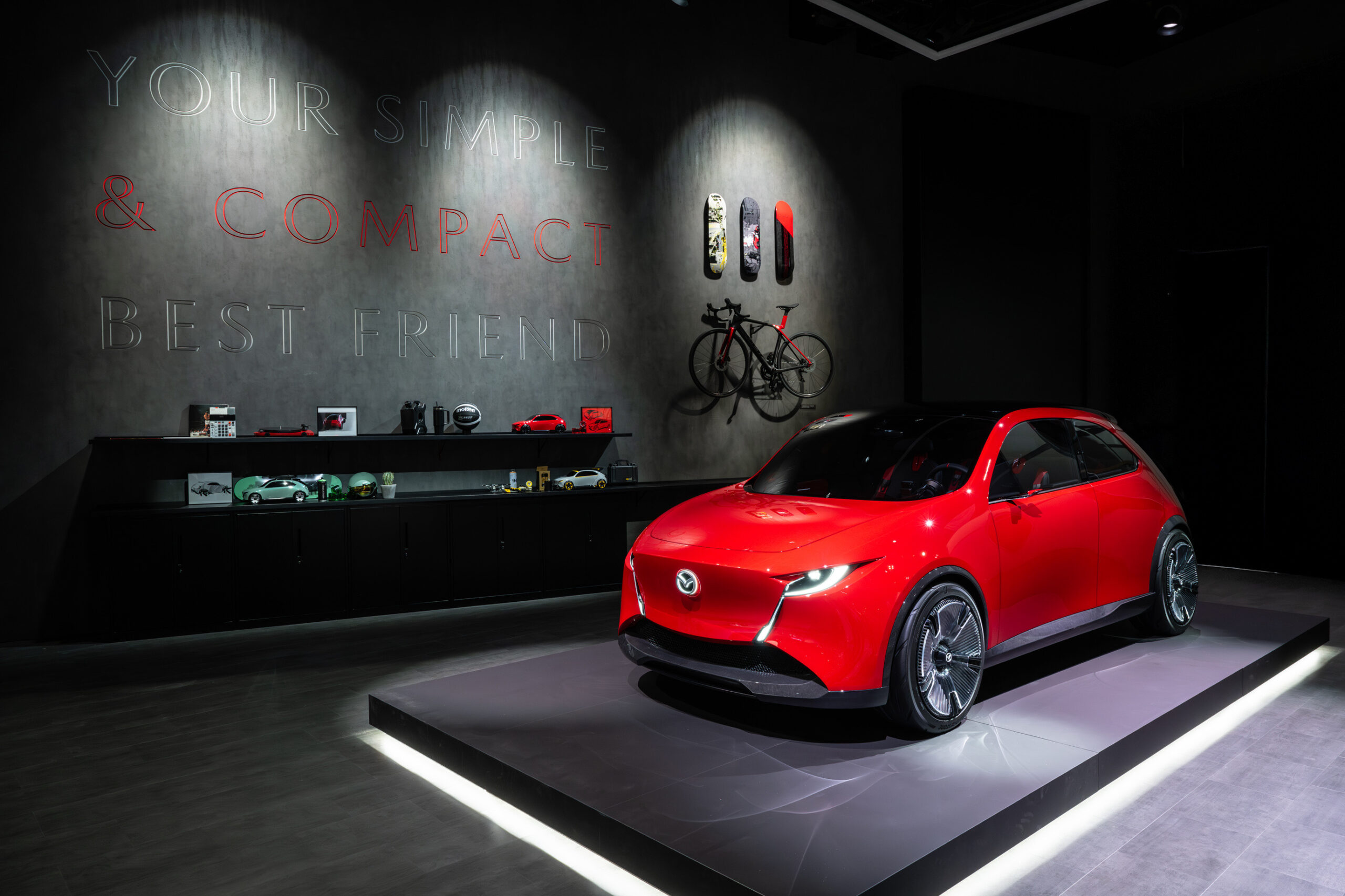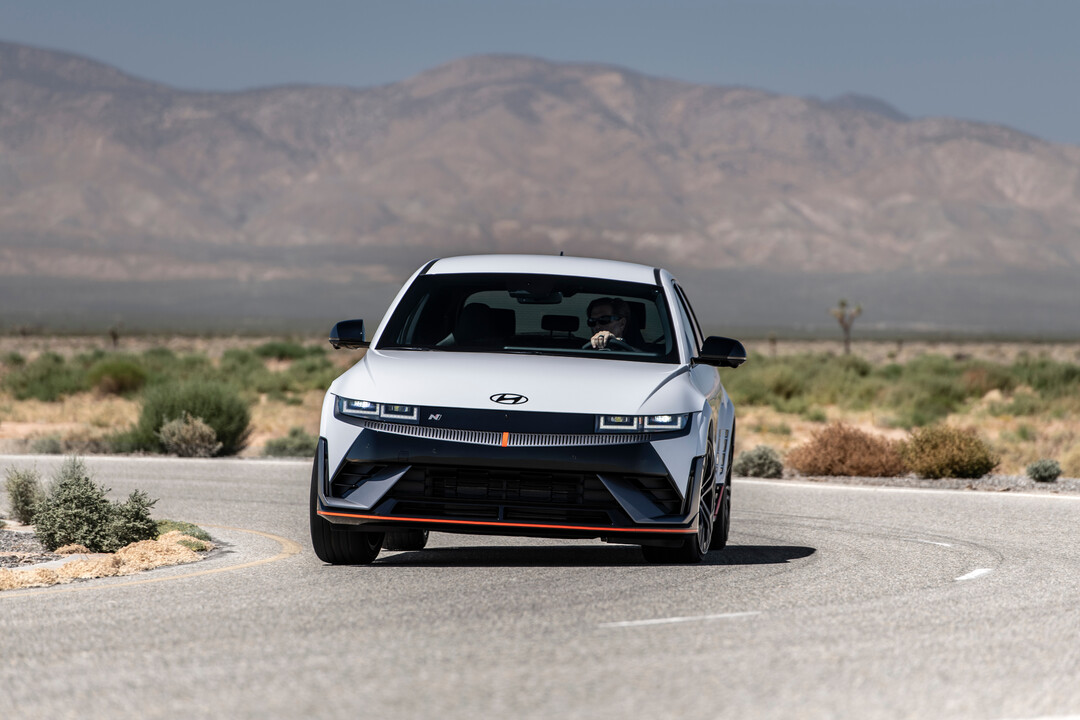For those who have not followed the changes in Cadillac, the quintessential American automobile brand, their products are no longer the huge and heavy ‘aircraft carriers’ they once were. In fact, since the 1980s, the General Motors subsidiary has been ‘downsizing’ in response to energy concerns and the need to look for socially acceptable.
It now has to transform again for the electrified era and future personal mobility. With the vast resources of General Motors to draw on for development of entirely new electrically-powered models, Cadillac will soon be coming out with new cars that maintain its reputation of premium luxury travel.
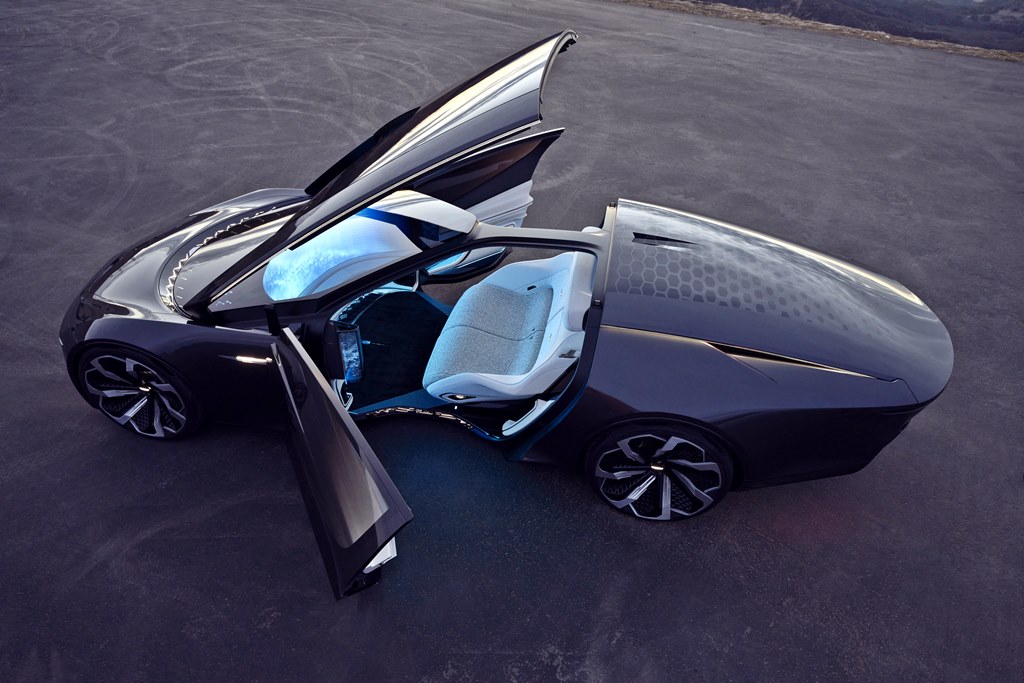
Vision of personal autonomous future mobility
At CES 2022 this week, the company showed one vision of personal autonomous future mobility with the InnerSpace concept. This is a futuristic 2-passenger fully electric and autonomous luxury vehicle which is part of the brand’s Halo Concept Portfolio. This portfolio represents future possibilities with a range of personal autonomous options and advanced connected vehicle features. Leveraging cutting-edge technologies designed to enhance the passenger experience along with the increased personal time enabled by fully autonomous mobility, the InnerSpace grows the Halo Concept Portfolio.
“The vehicles of the Cadillac Halo Concept Portfolio are designed to provide effortless travel through extraordinary means,” said Bryan Nesbitt, GM Executive Director, Global Advanced Design and Global Architecture Studio. “They are visions for the next decade and beyond, showing the possibilities enabled by General Motors’ comprehensive approach to autonomous drive technology with the goal of a world with zero crashes, zero emissions and zero congestion.”
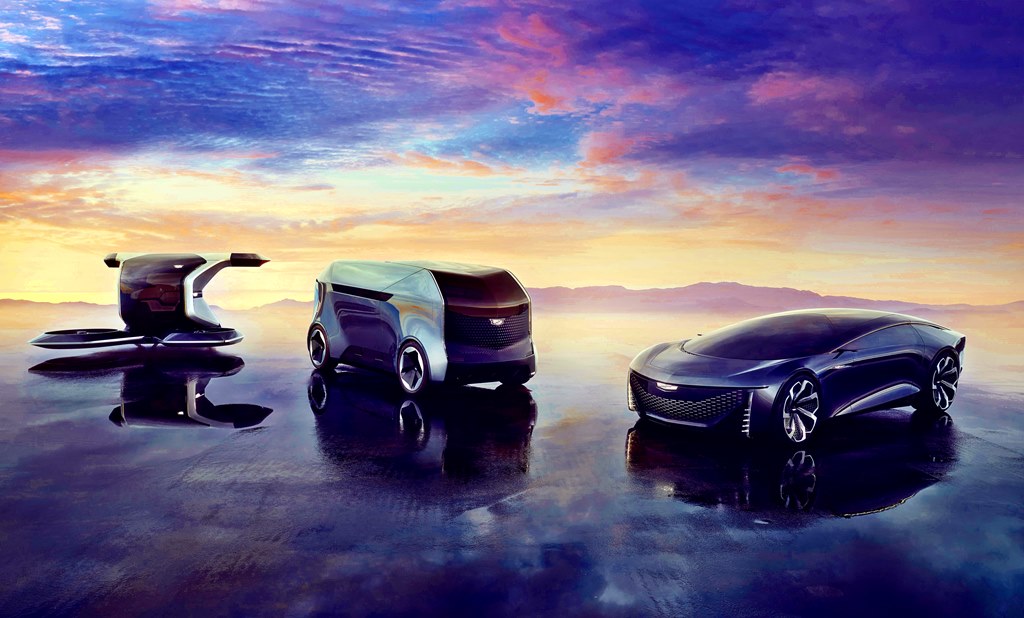
Cadillac Halo Concept Portfolio
Cadillac introduced the first two Halo concepts last year at CES: the PersonalSpace, a single-seat, personal vertical take-off and landing concept designed to literally move its passenger above the din and congestion of ground traffic; and the SocialSpace, a roomy, autonomous vehicle for up to six, designed to help passengers relax and recharge.
Conceptually, the portfolio repurposes how passengers use their time while traveling, providing a space for solace and respite. Full autonomy relinquishes the responsibility of vehicle control while dramatic design and advanced technologies maintain the sensation of arriving in a Cadillac.
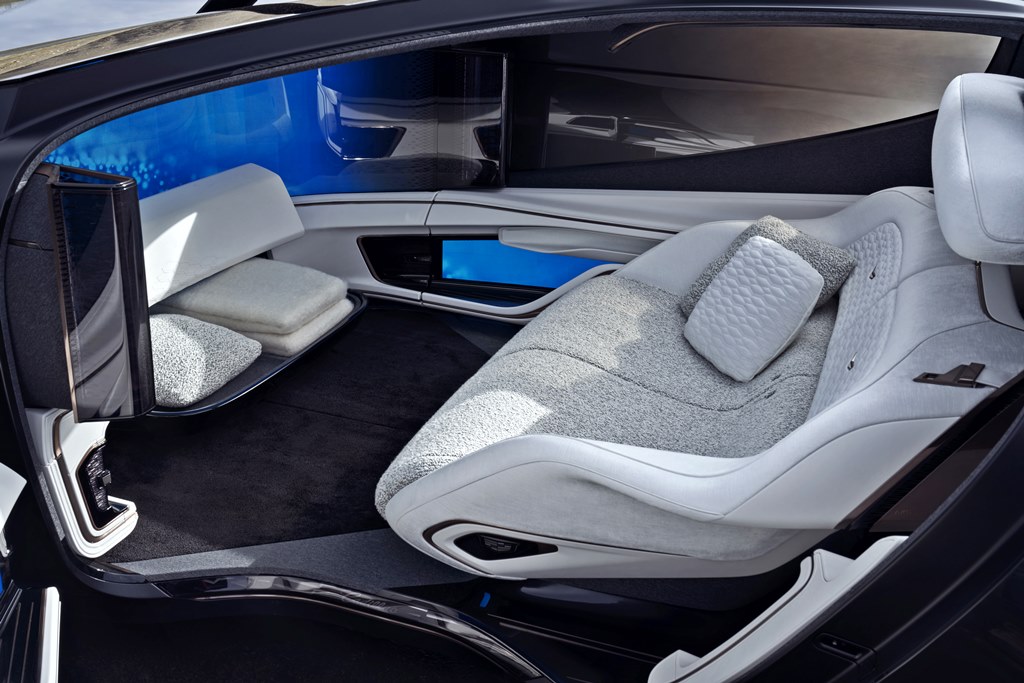
In fact, technologies such as biometric input and AI machine learning are harnessed and complement Cadillac’s luxury environment to support unique wellness experiences. Through software-defined features and advanced vehicle connectivity, the Concept Halo Portfolio could offer each passenger a truly personalized experience made possible by GM’s Ultifi software platform. The experiences showcased within the Halo Portfolio demonstrate the potential as both Ultifi and autonomous technology continue to evolve.
“Electrification and autonomous driving will fundamentally change the role of vehicles and the experiences customers have with them,” said Nesbitt. “We’re exploring where that will go with these innovative concepts, envisioning mobility as an ally of wellness, giving customers the ultimate luxury, more personal time rather than taking it.”
Reimagining the luxury experience
Early in Cadillac’s history, compact and personal Runabout models enabled customers to explore new and wider horizons. The new InnerSpace concept reimagines that as a vision, with a fully autonomous experience that allows the two occupants to focus on their journey rather than driving.
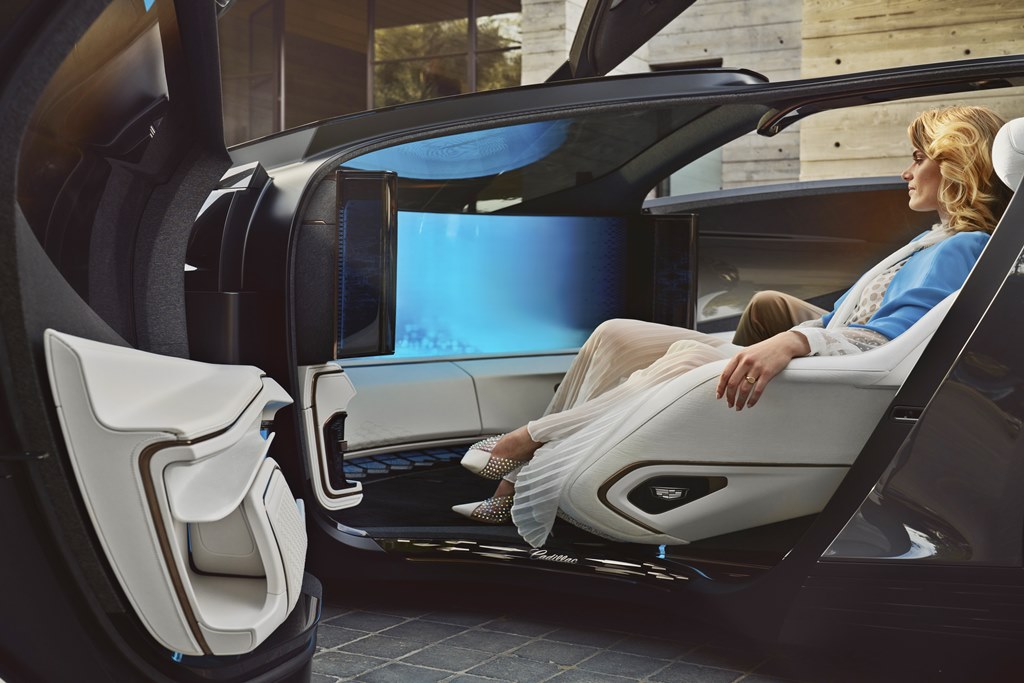
The vehicle’s fully autonomous capability means they can give more attention to the world around them. Inside too, they will have more personal and tailored experiences that add new dimensions to motoring. AI-driven biometric input and interfaces, accessible via a large, immersive and panoramic SMD LED display, will allow passengers to select from Augmented Reality Engagement, Entertainment and Wellness Recovery themes for their drive. Thanks to Ultifi, Cadillac engineers and authorized third parties will be able to innovate additional themes and features that can be added over the air.
With the Ultium Platform’s wireless battery management system, the battery modules are spread about the concept vehicle, which allowed designers to optimize the cabin for spaciousness and serenity. This design freedom also allowed for a low-profile floor, providing an extremely low, sports car-like seating position.
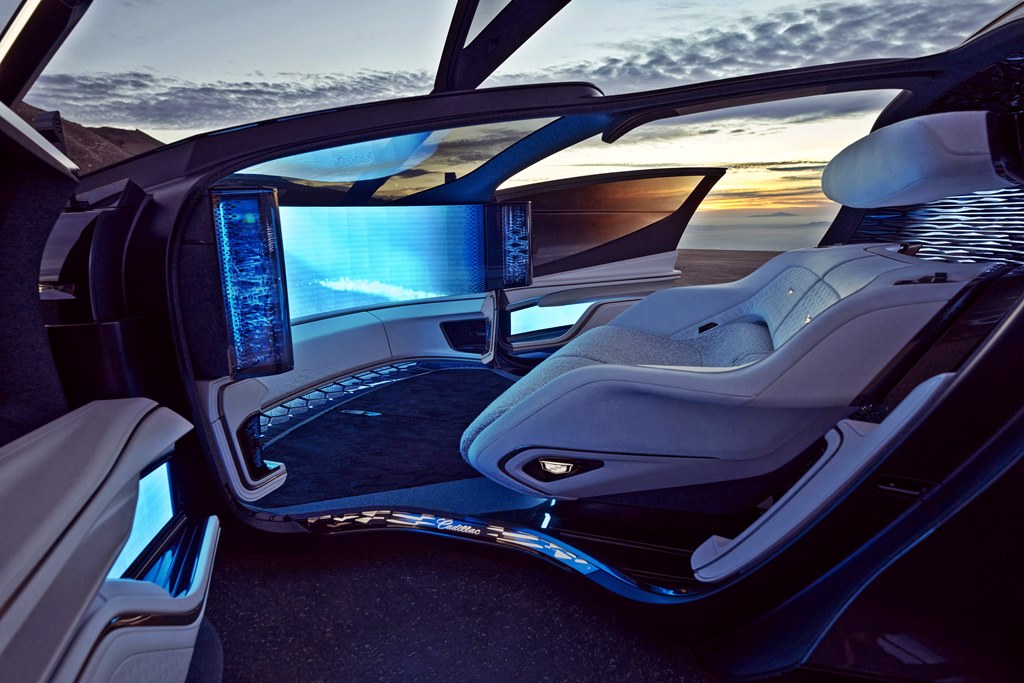
The InnerSpace design features expansive, panoramic glass on the roof and part of the body sides for almost unimpeded views. The roof opens with the doors for more comfortable entry and egress, and the seats also pivot outward when the doors are opened, enhancing the effect.
Even the tyres are designed to contribute to its solace. Specially developed by Goodyear for electrified vehicles, they feature SoundComfort technology designed to help mitigate soundwave resonance within the tyre for a quiet ride, while soybean oil and rice husk-based silica replaces petroleum-based oil as a key ingredient in their construction. And because autonomous driving takes away some of the driver’s connection with the road, Goodyear SightLine, Goodyear’s tyre intelligence technology, conveys important information about pressure, temperature, load and other performance factors.
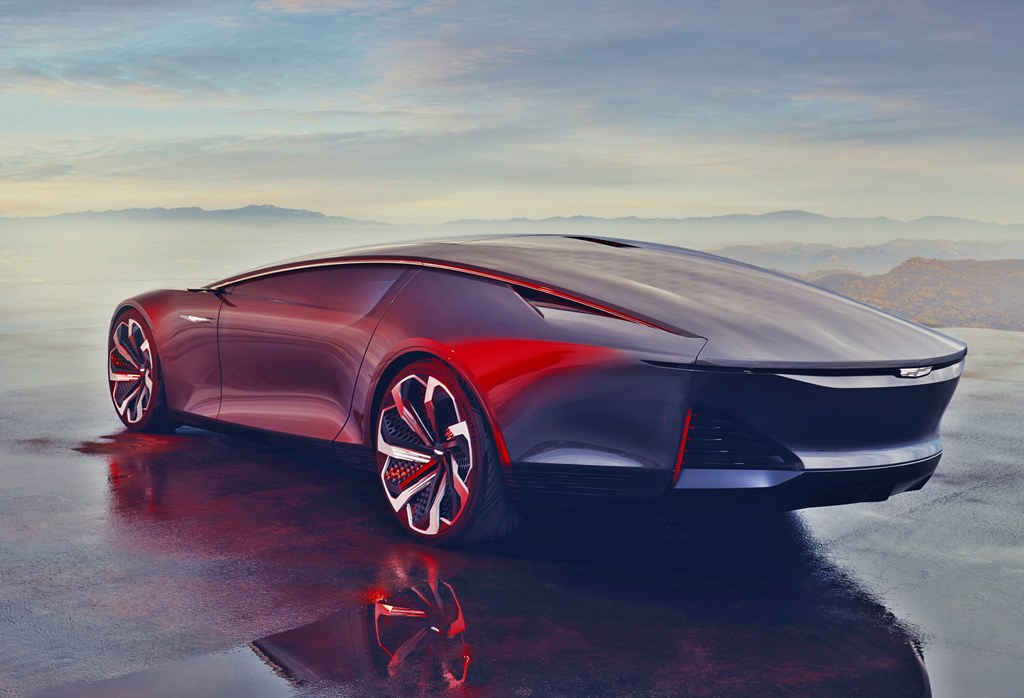
2022 LYRIQ will be first model in Cadillac’s electric-only range moving forward


